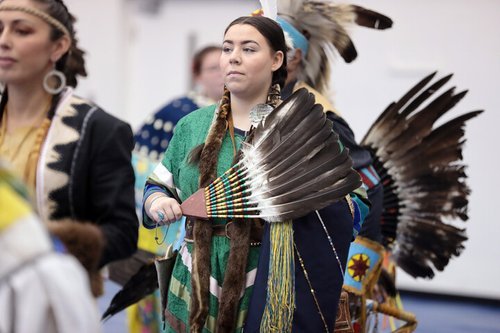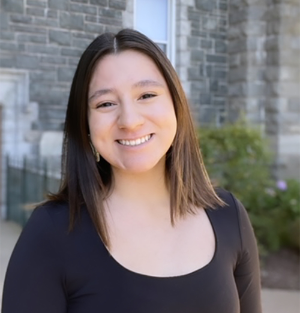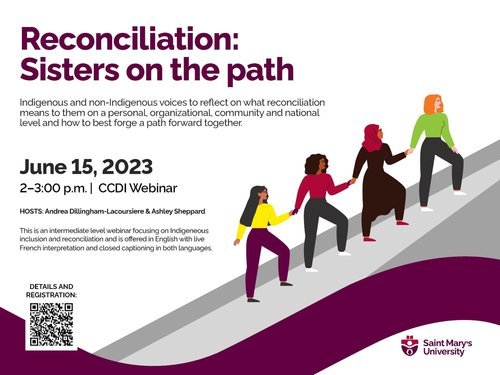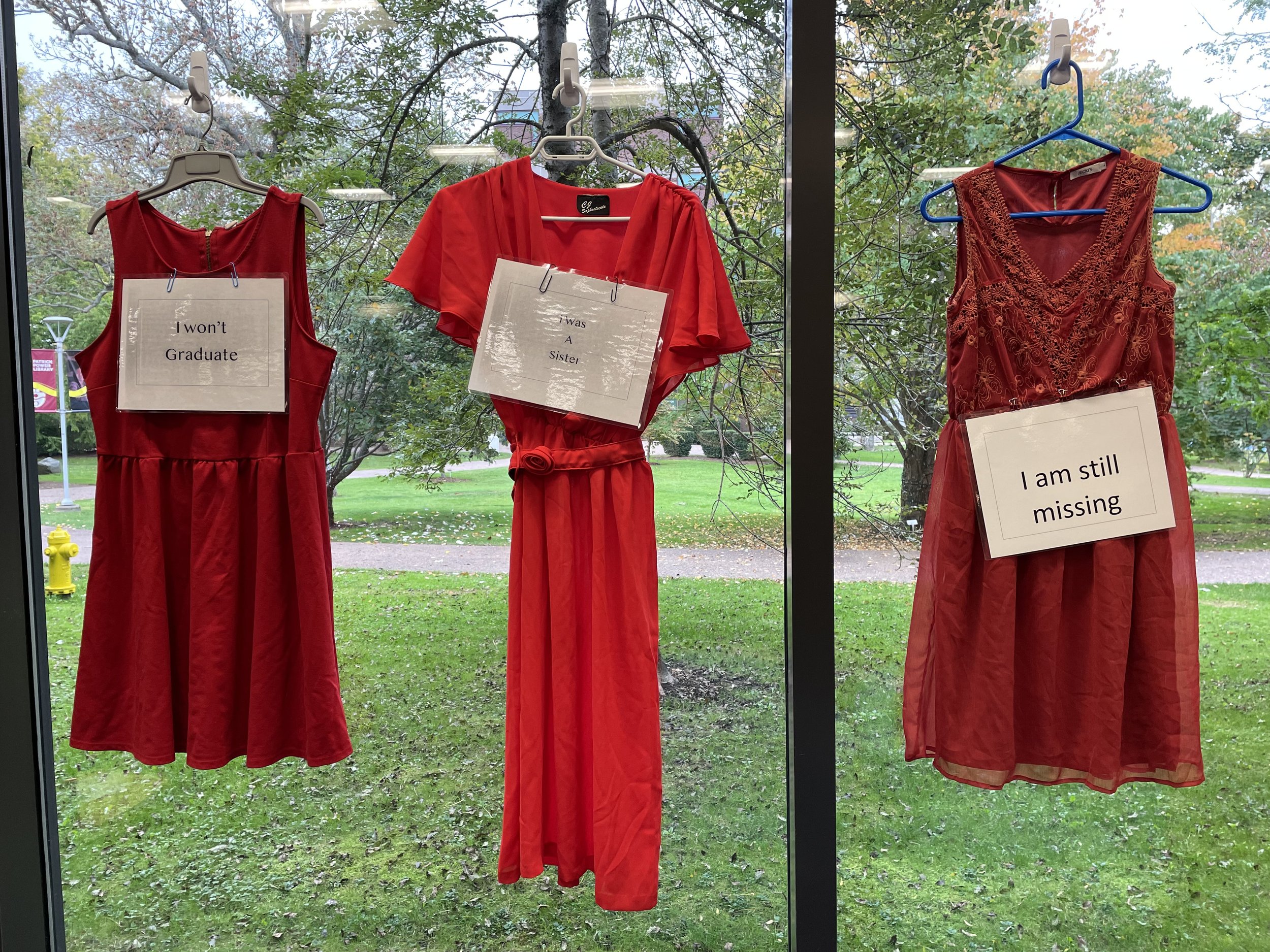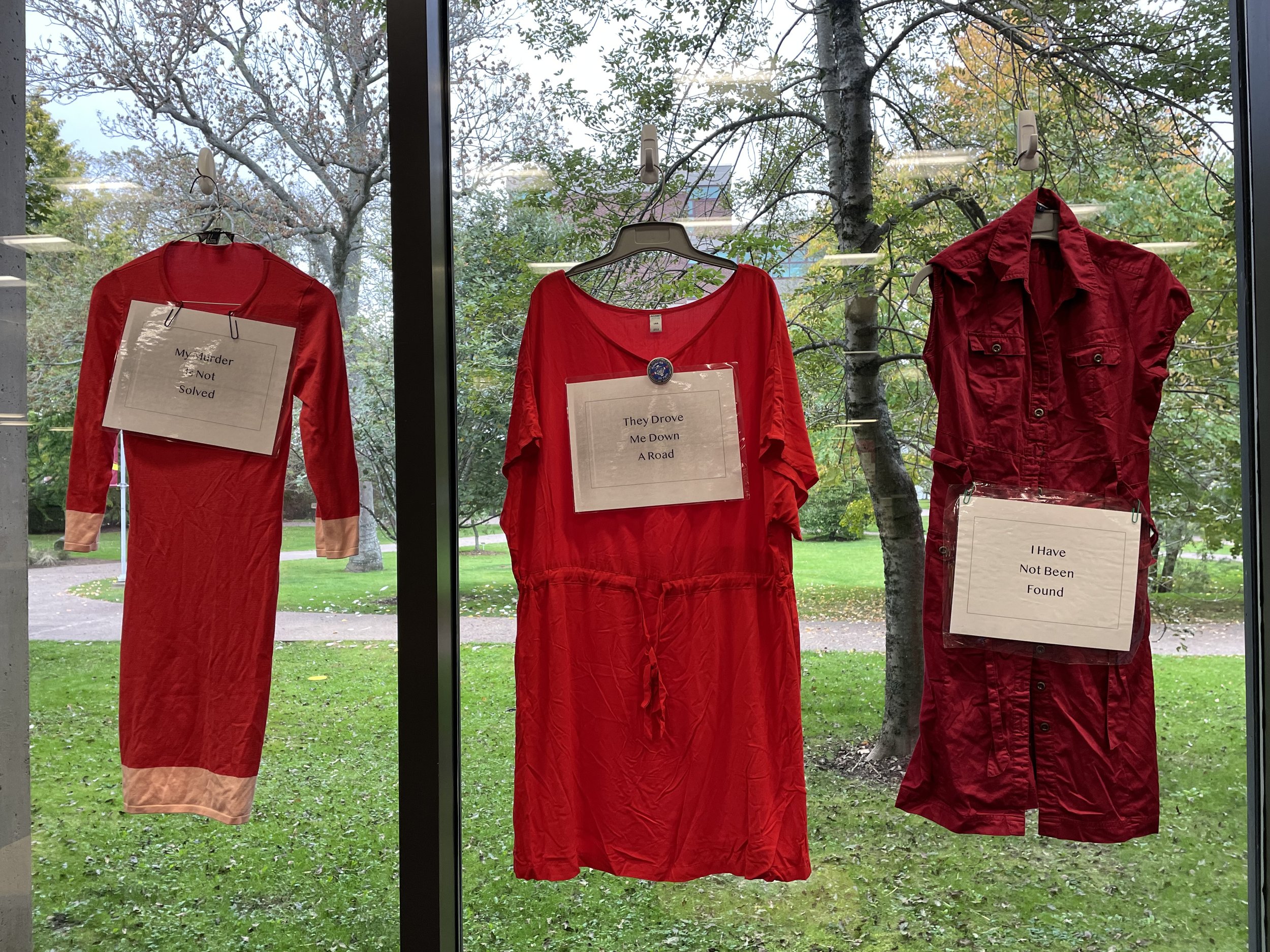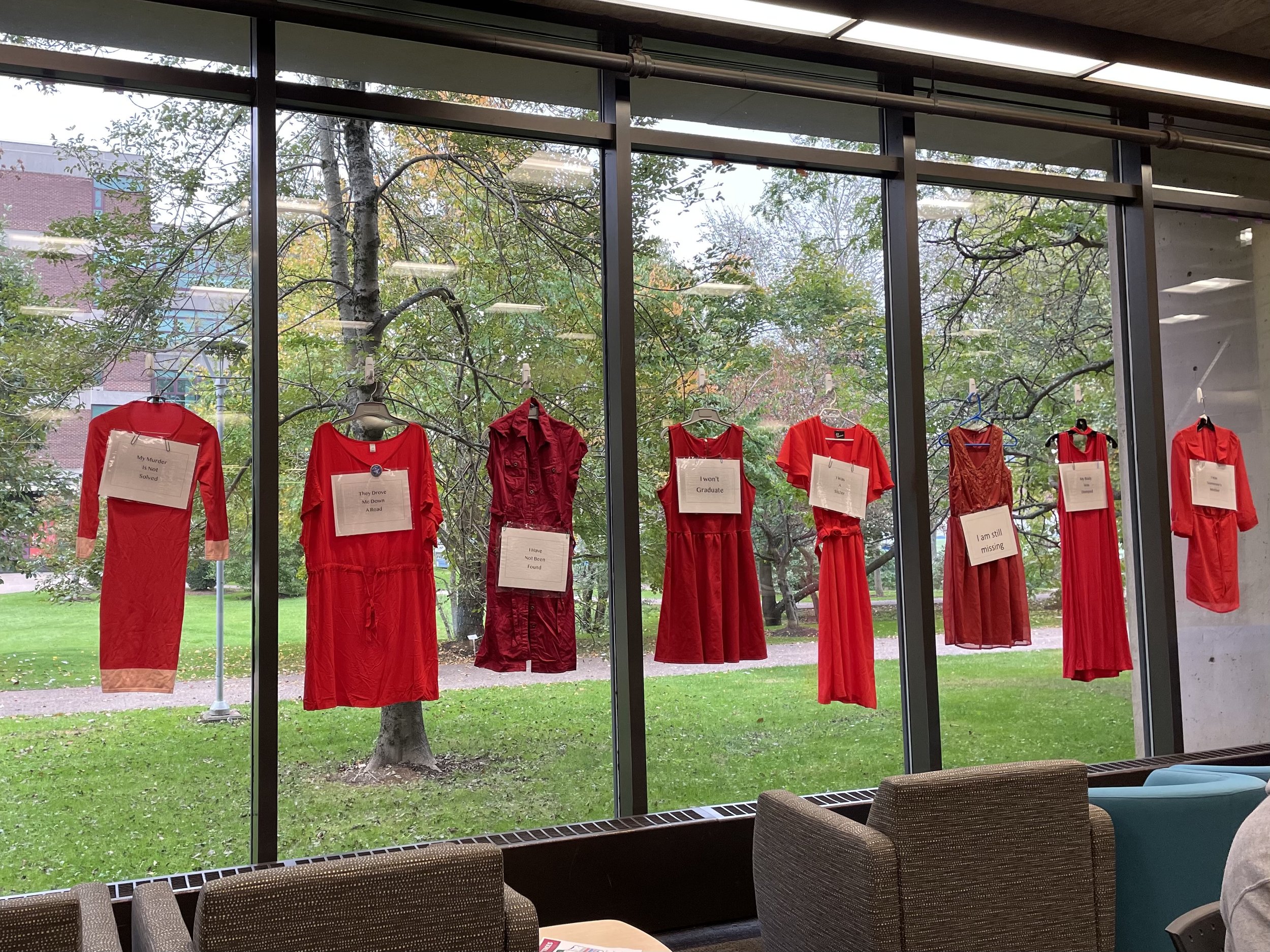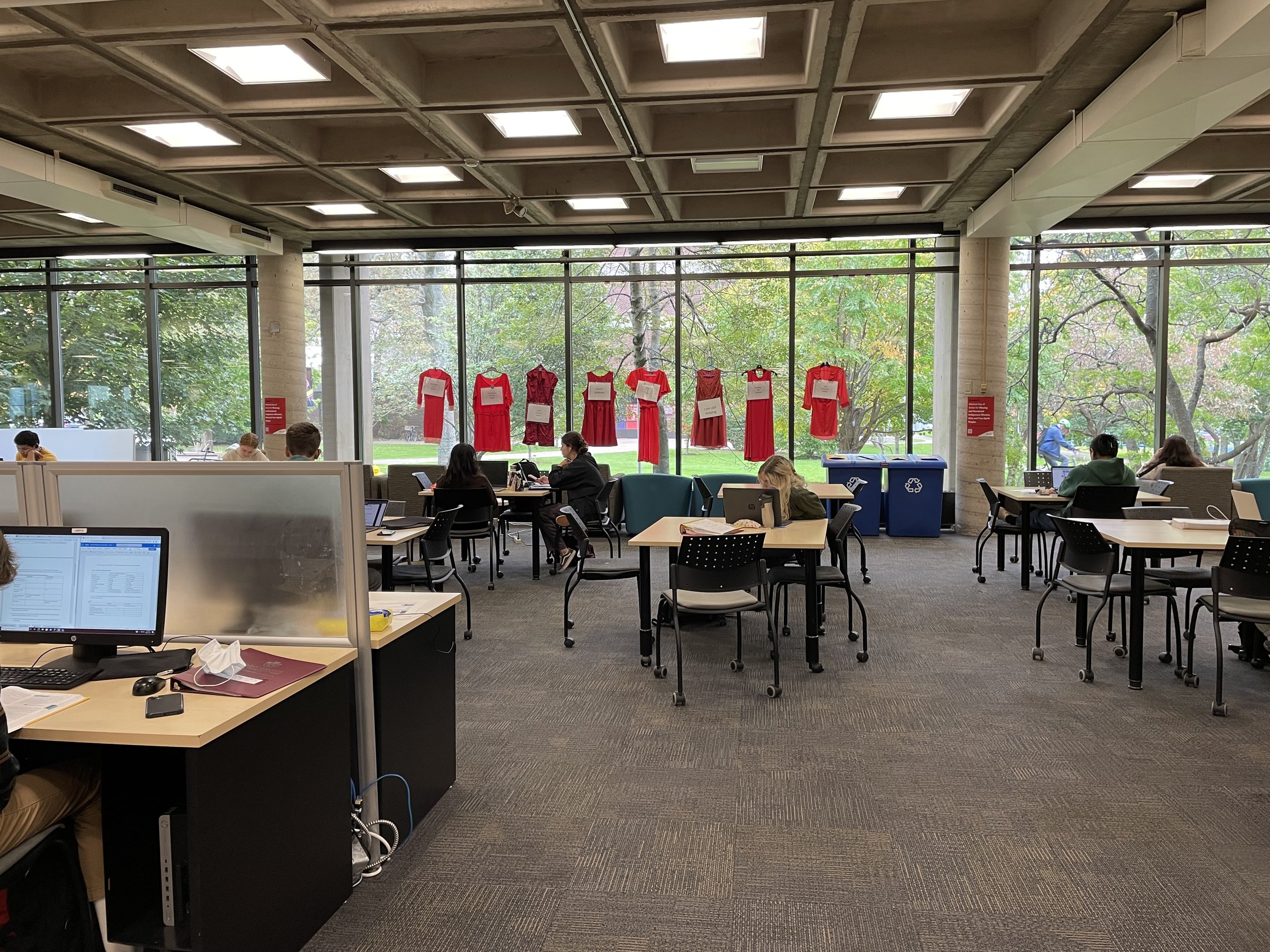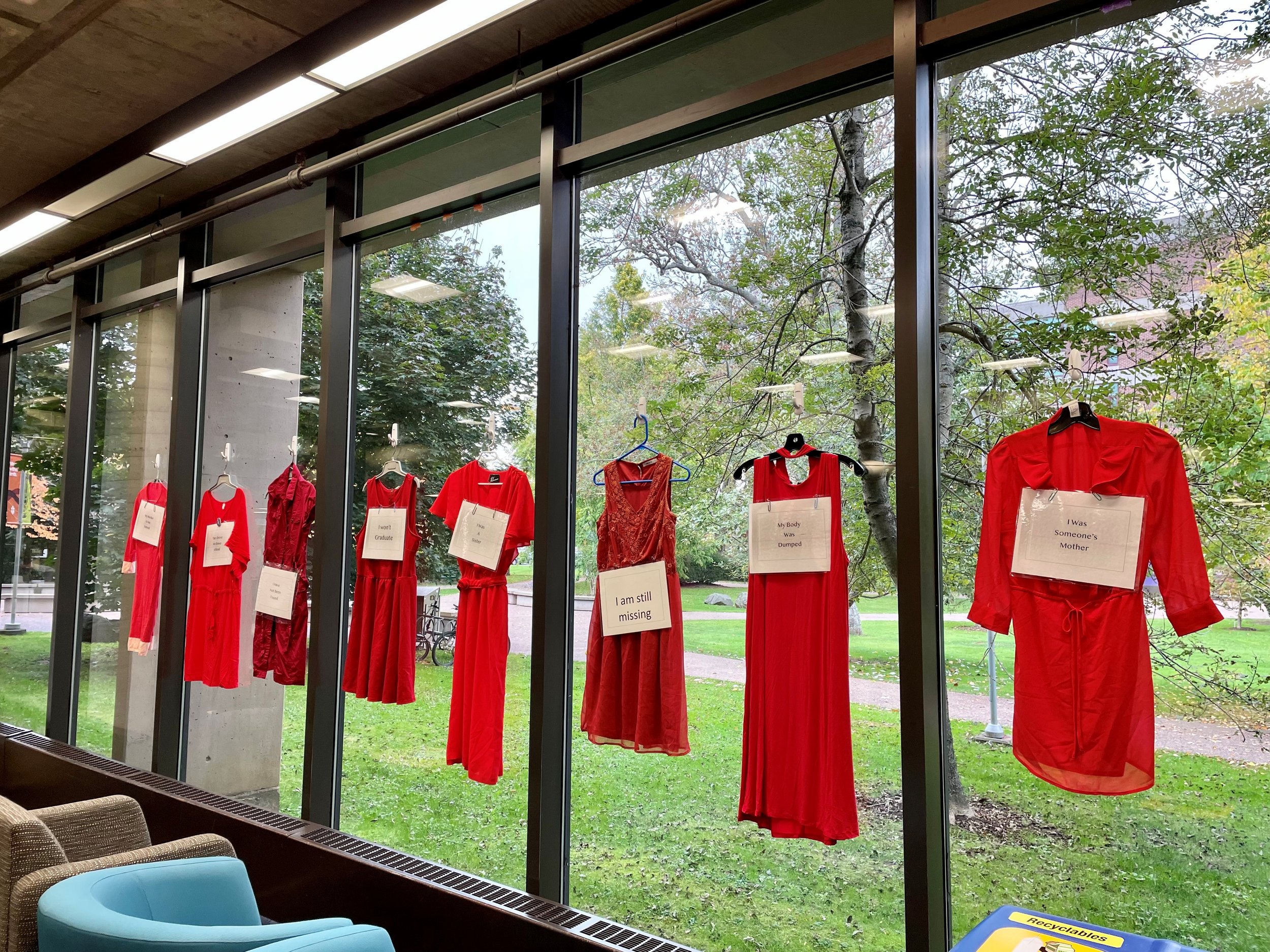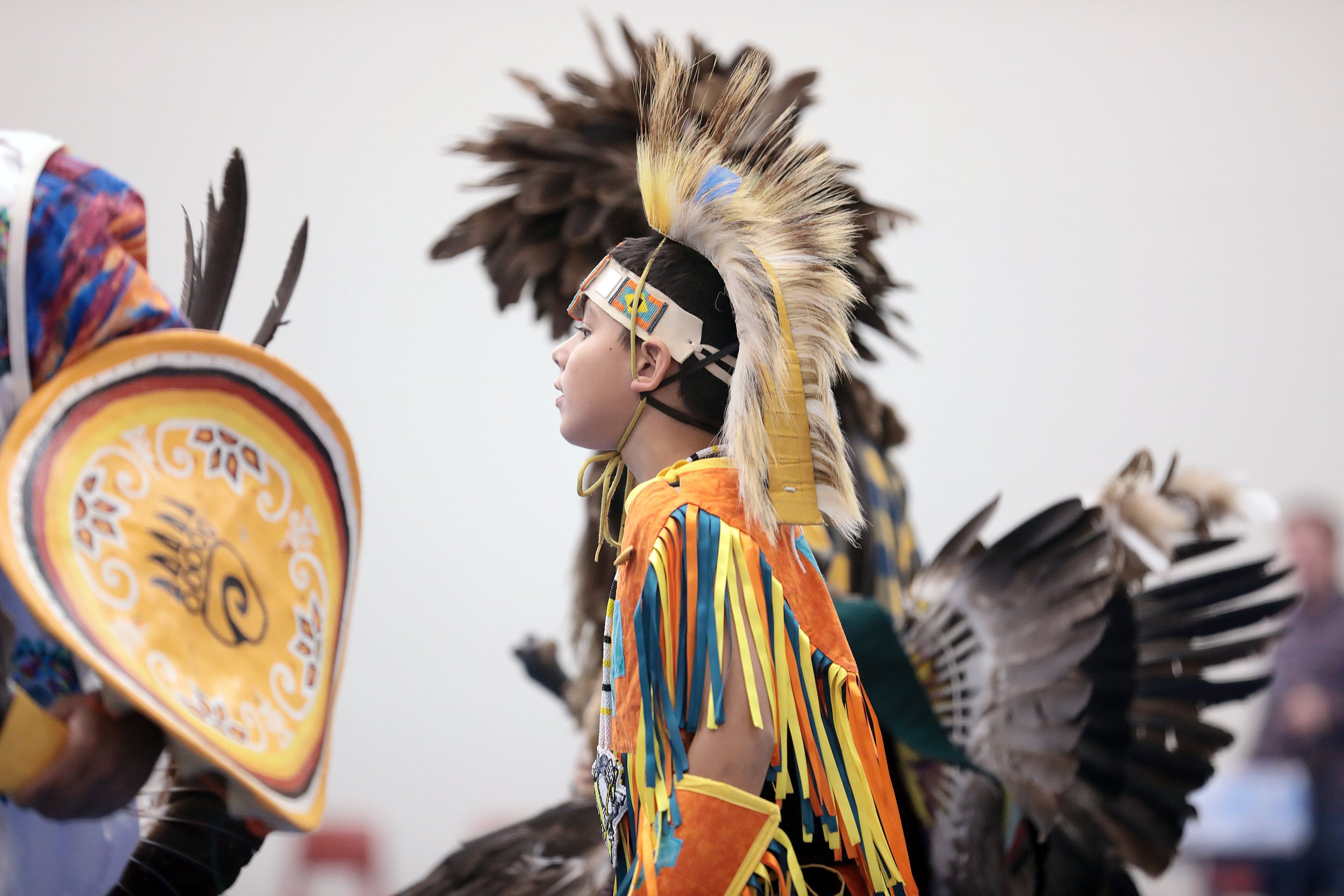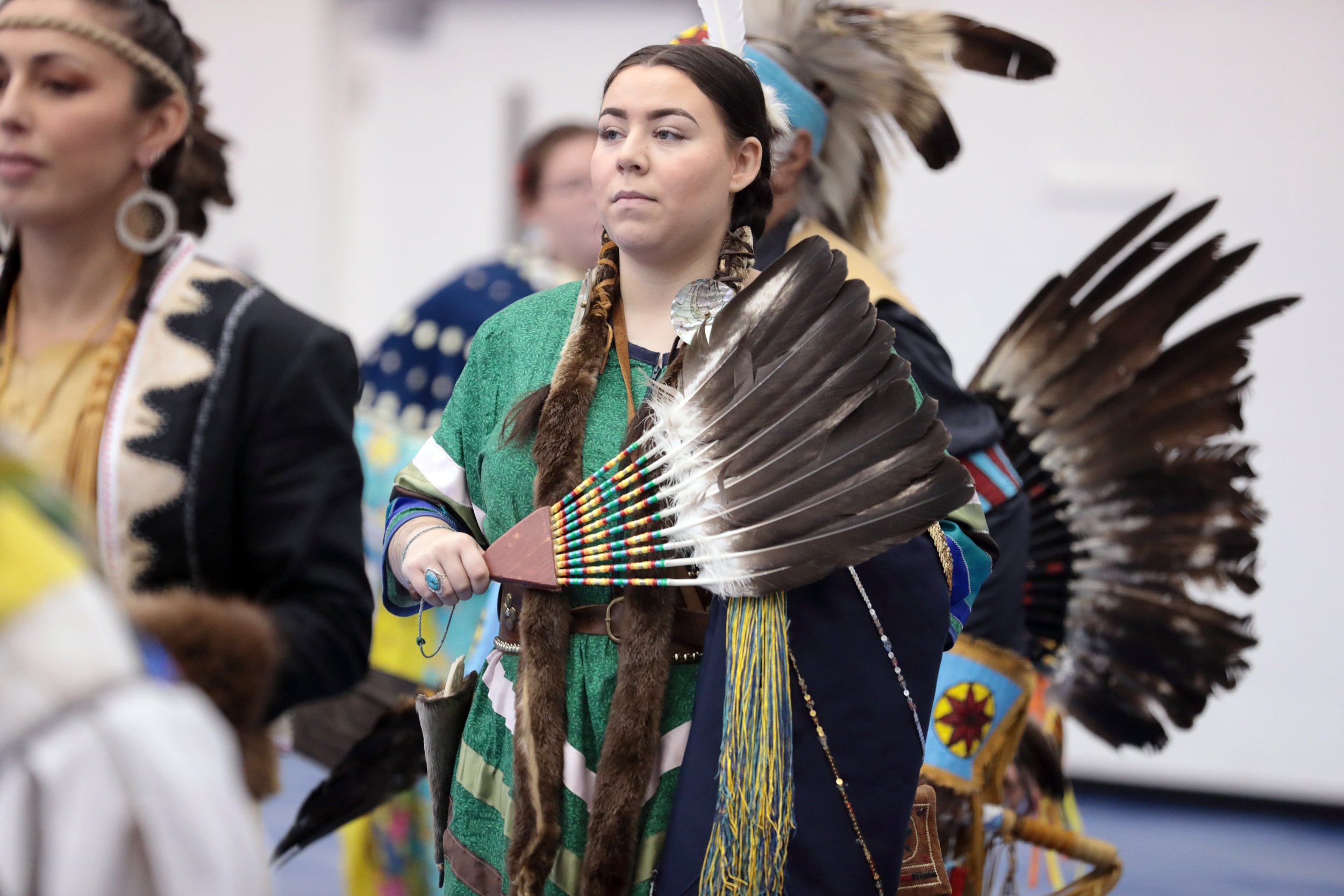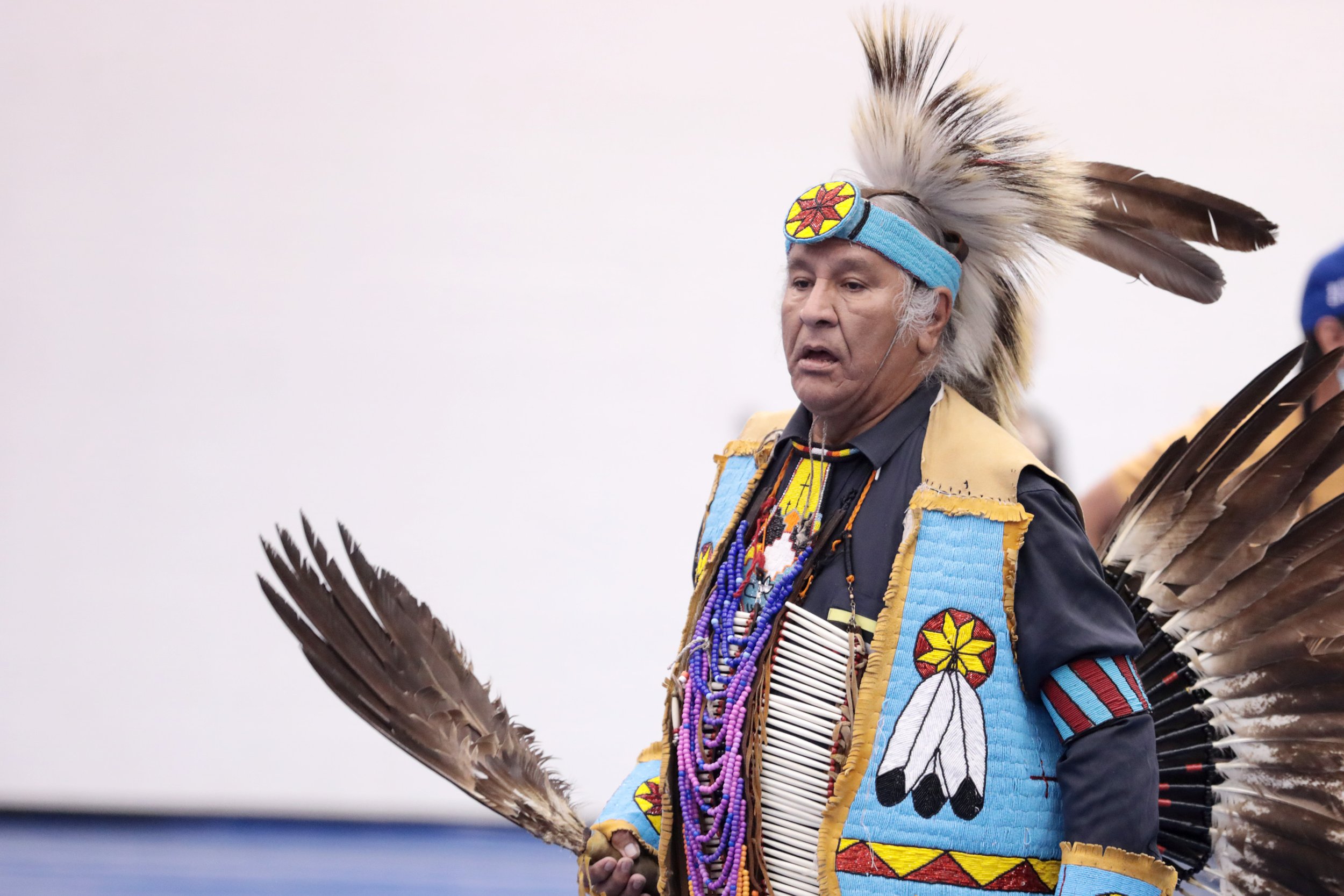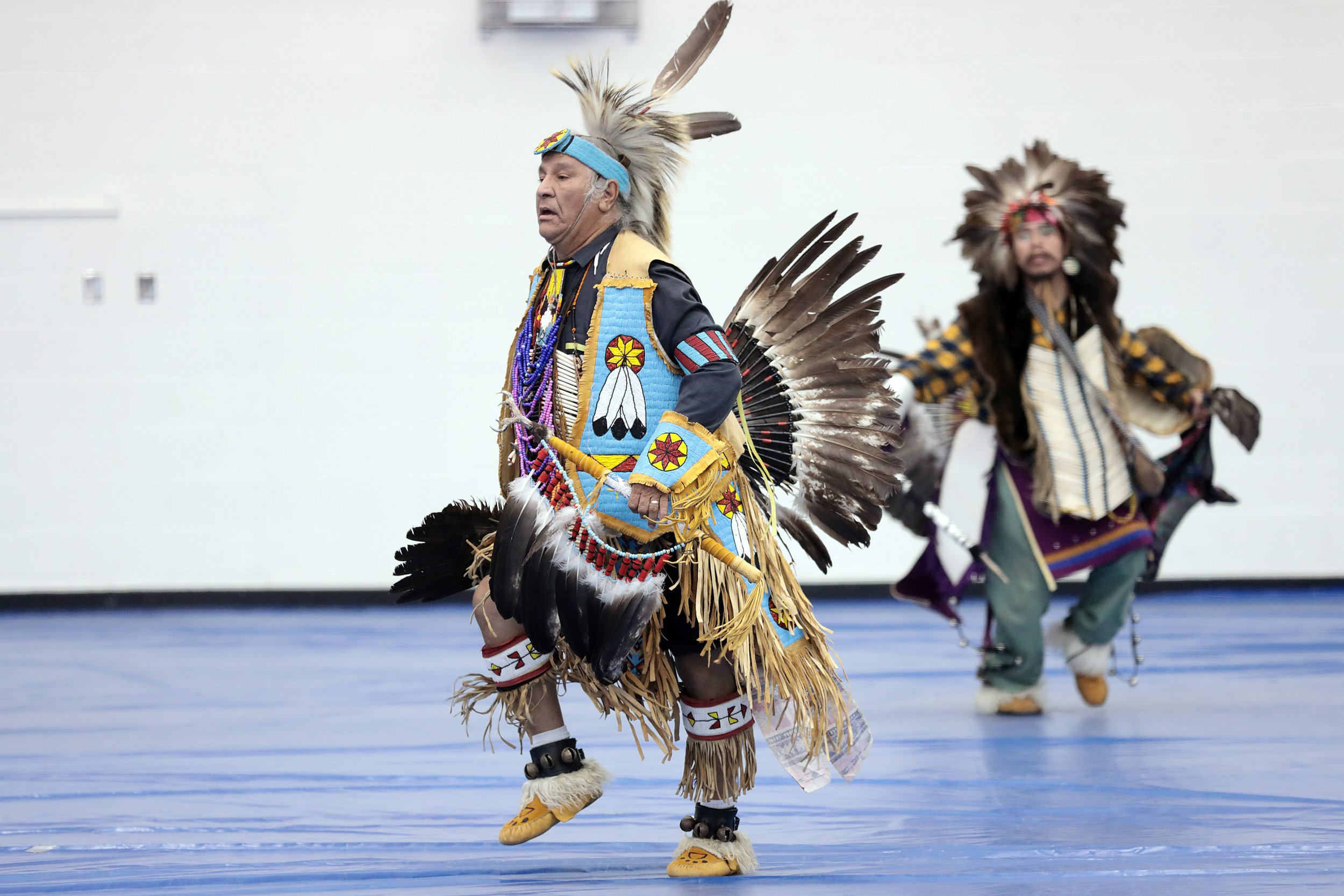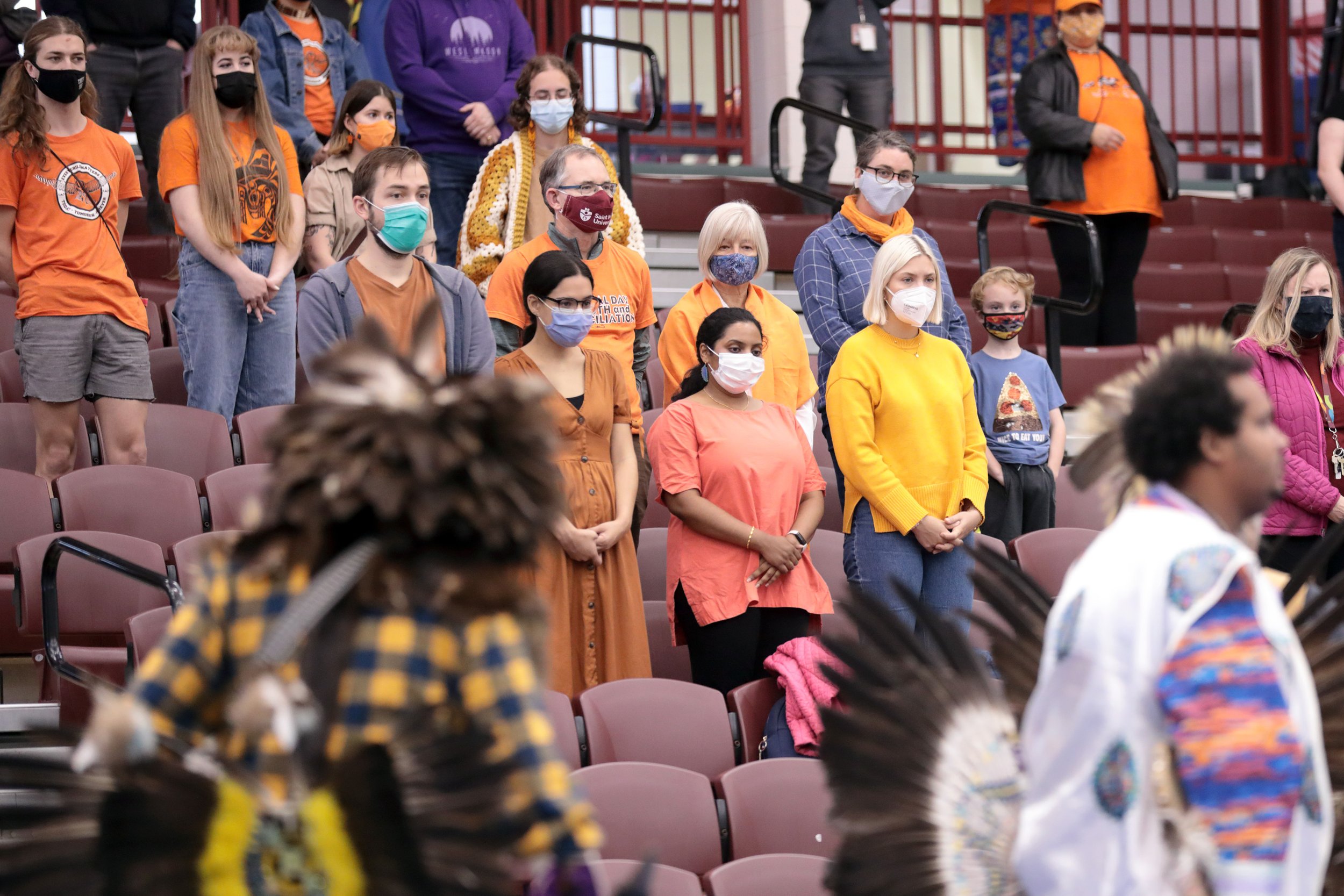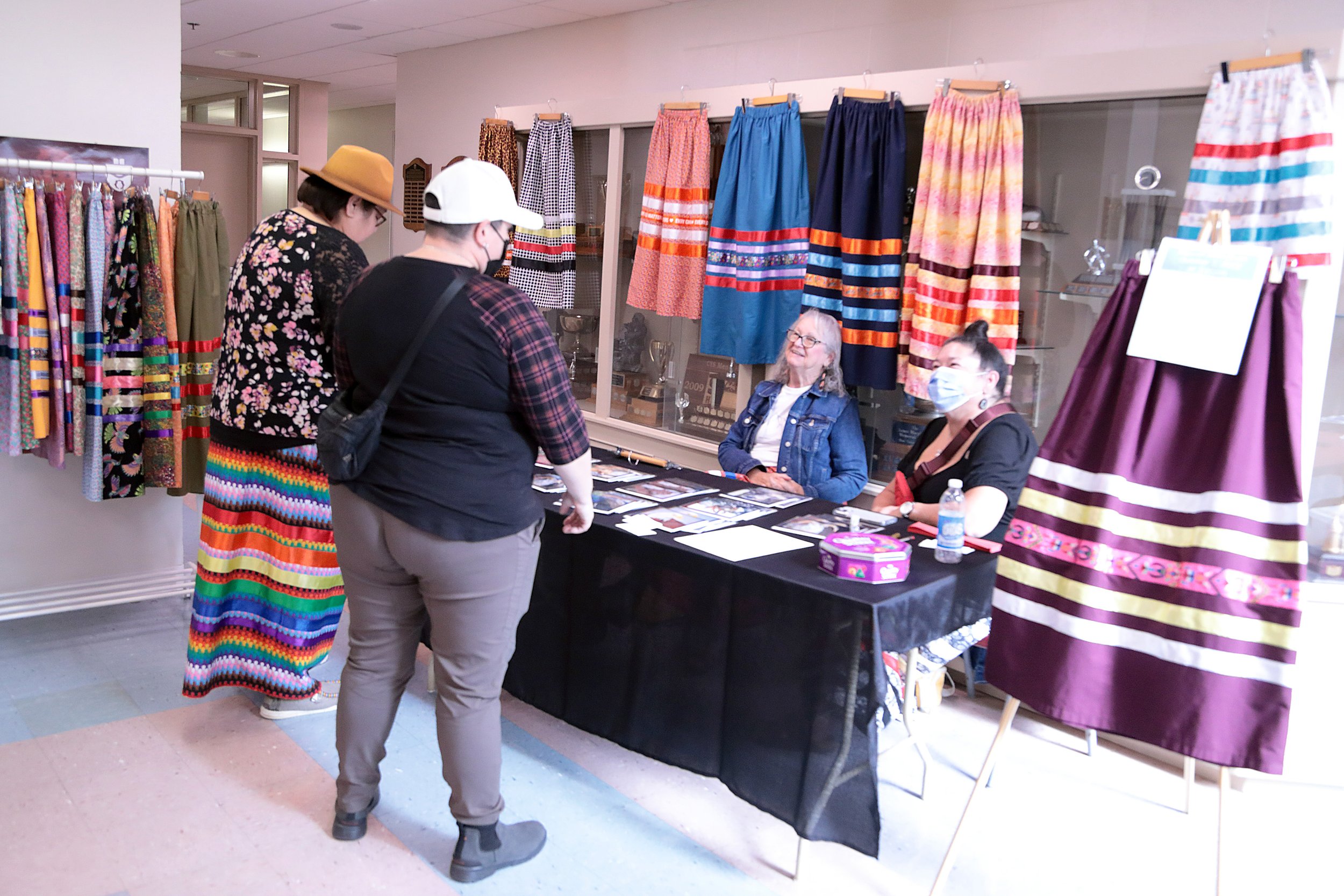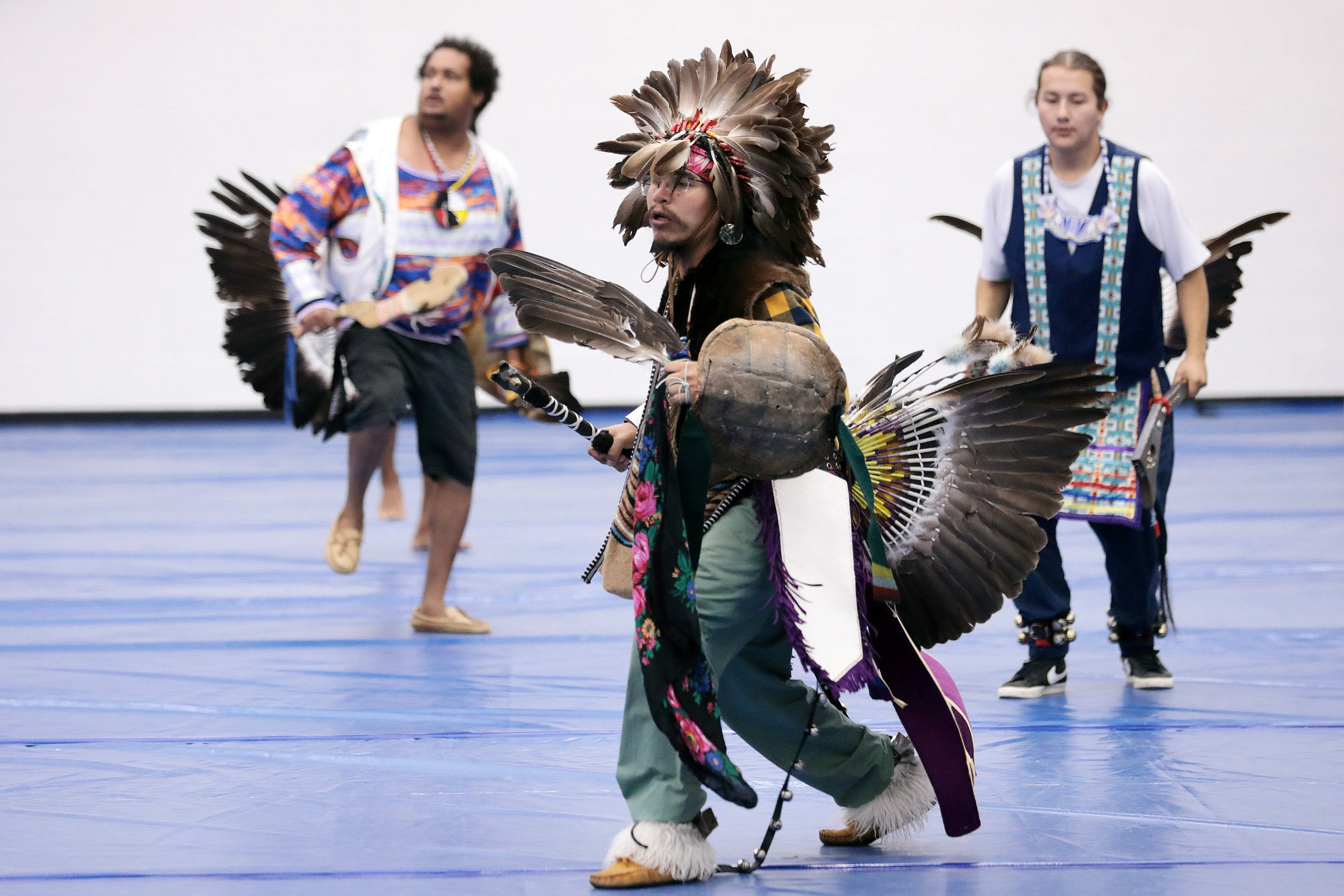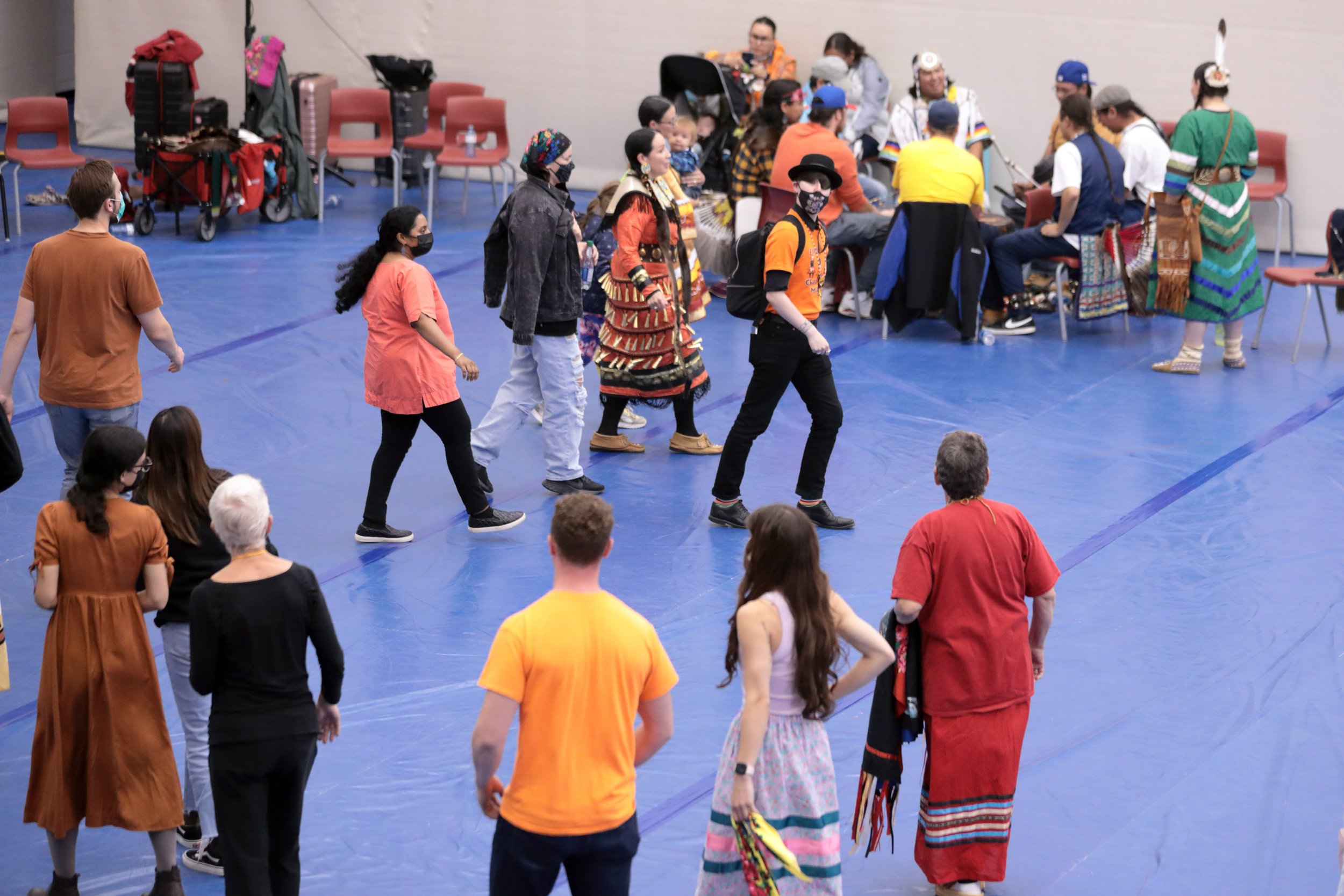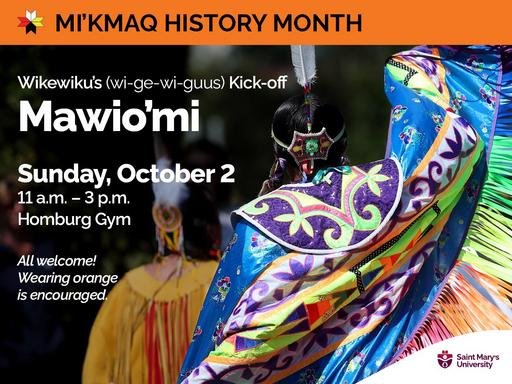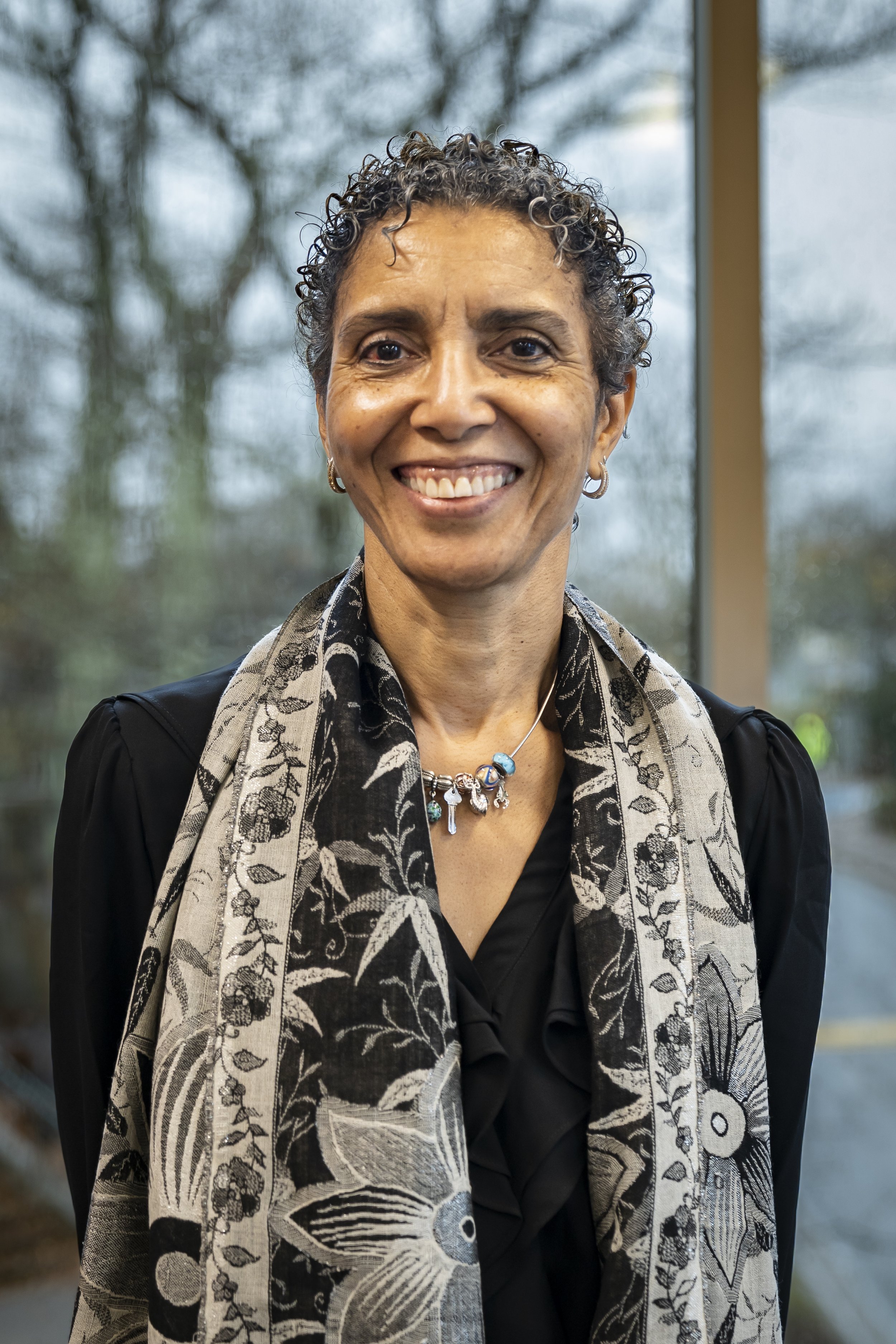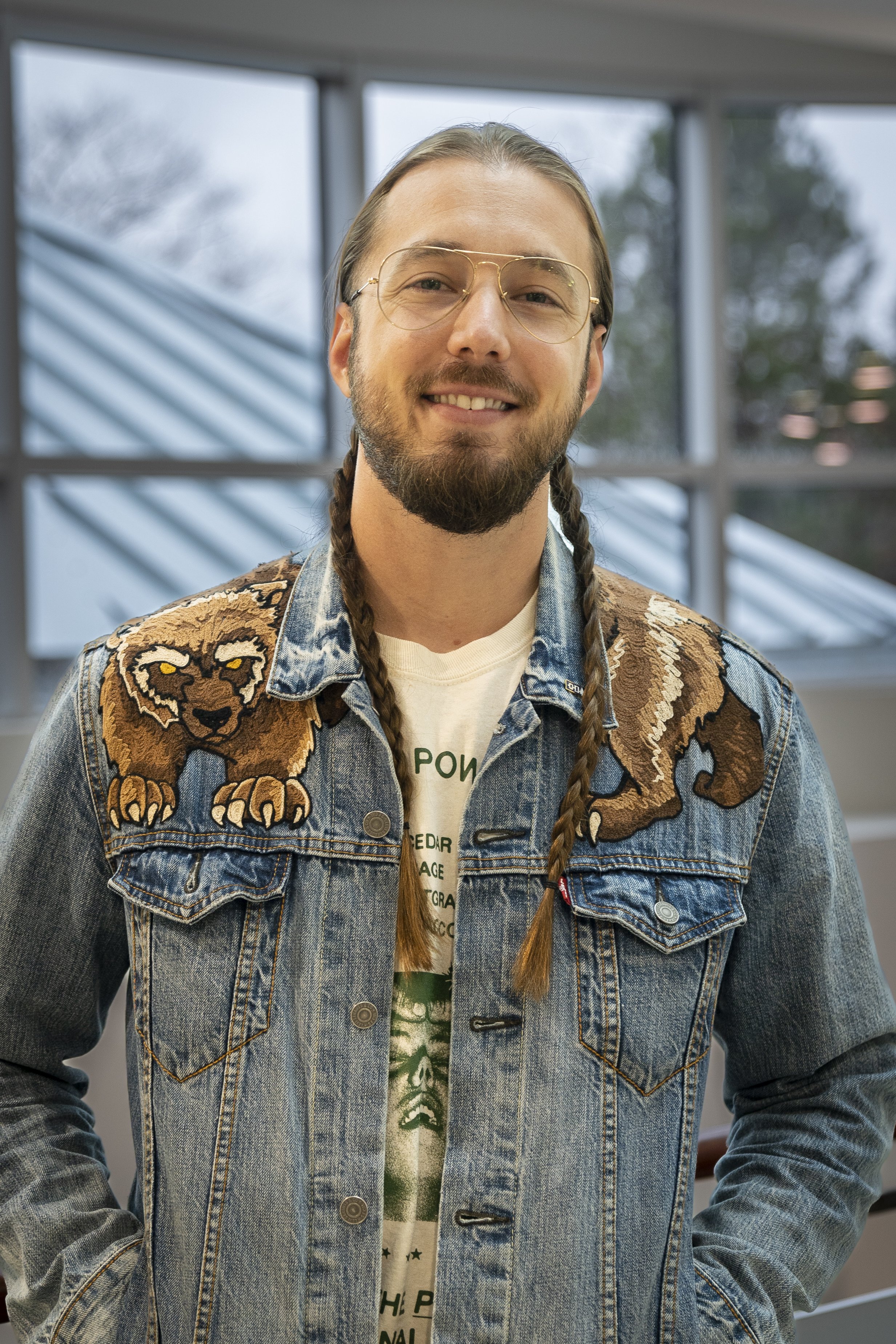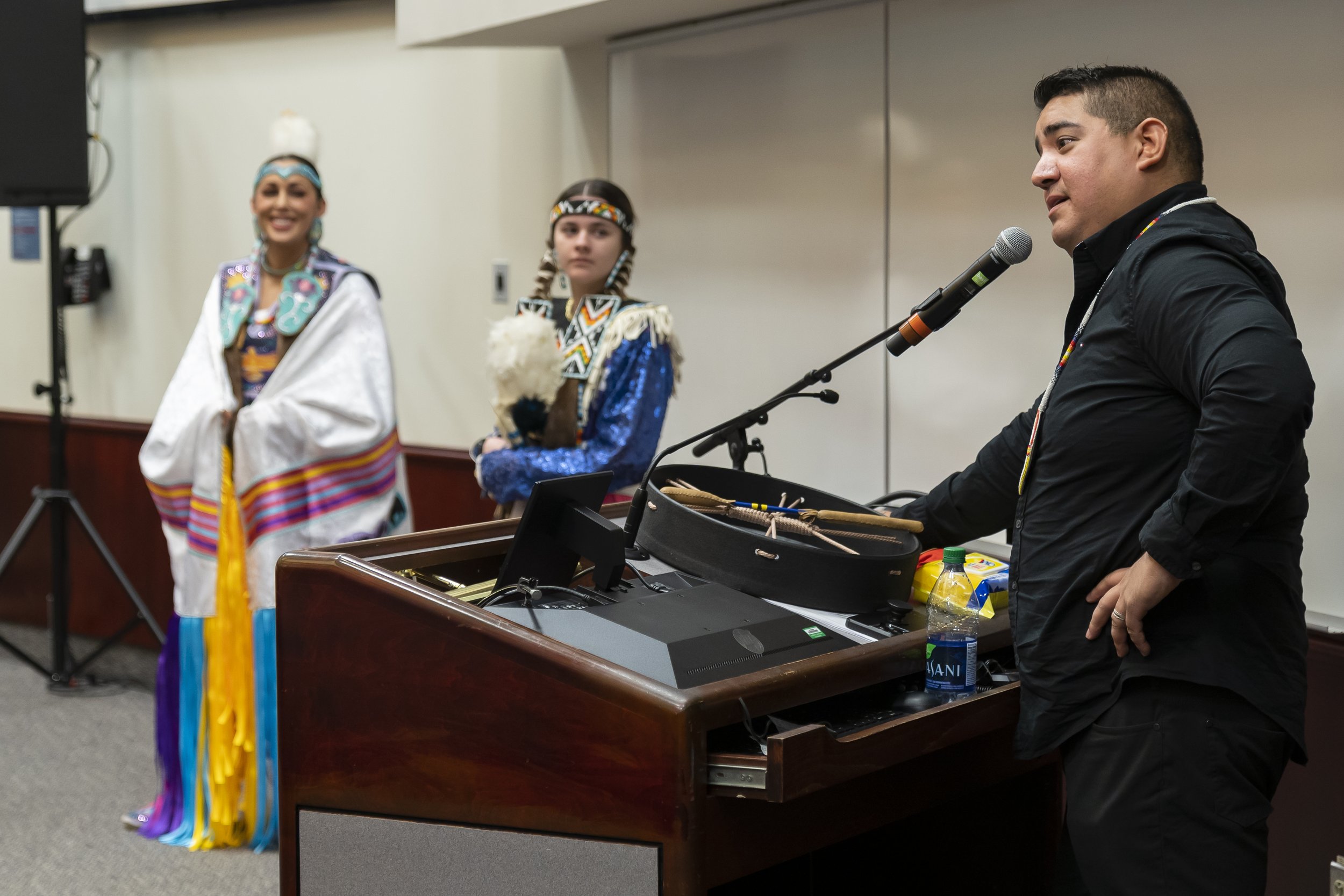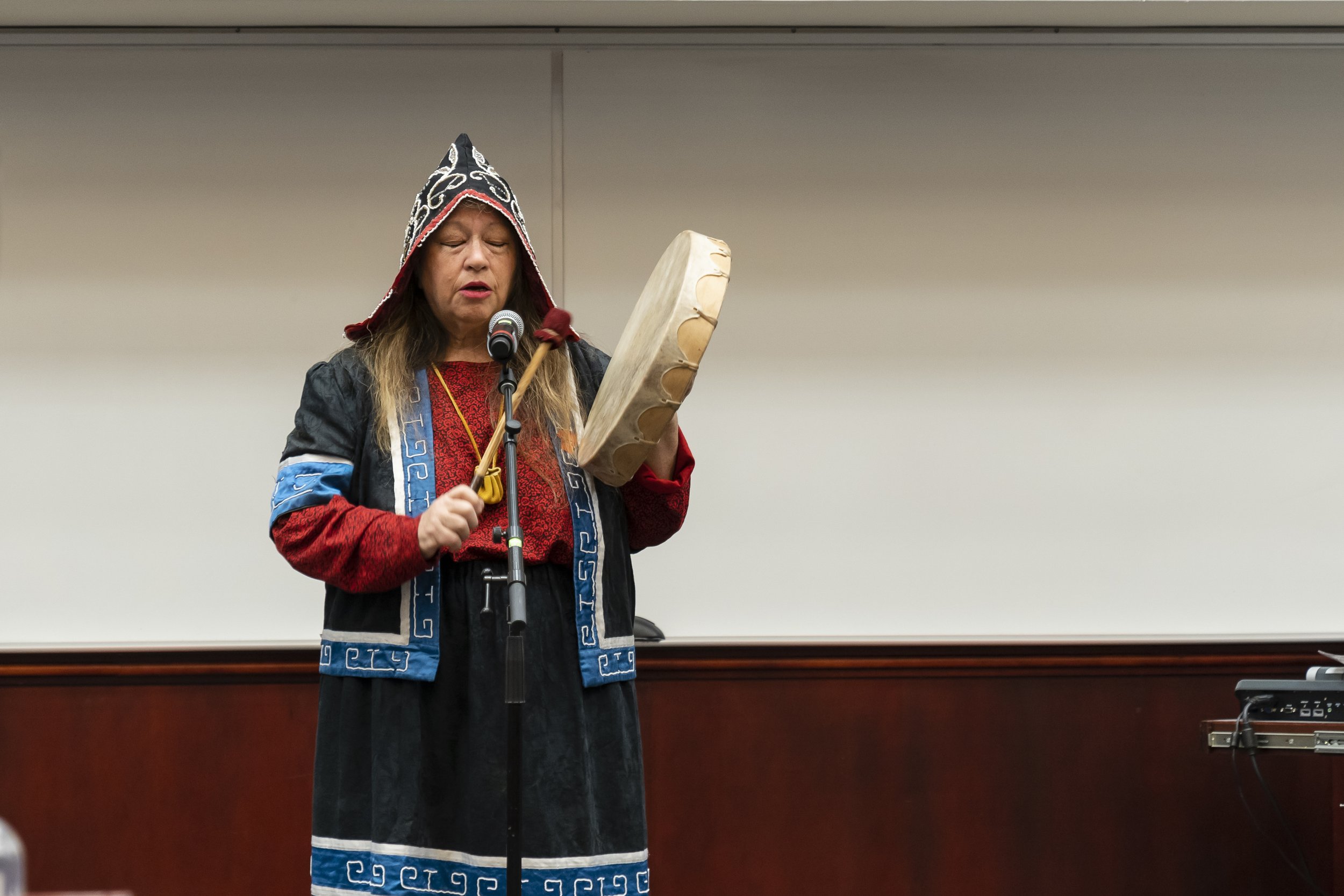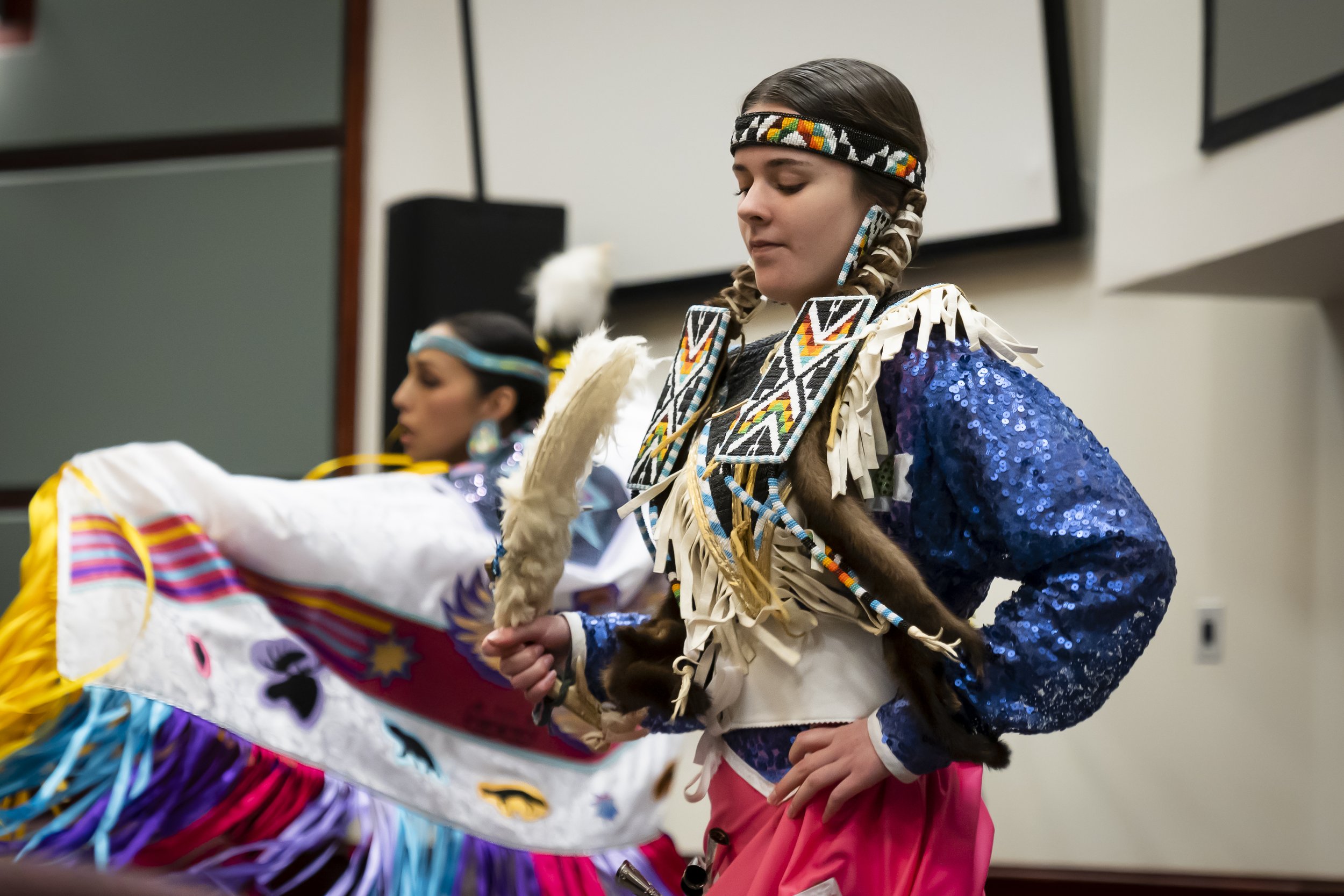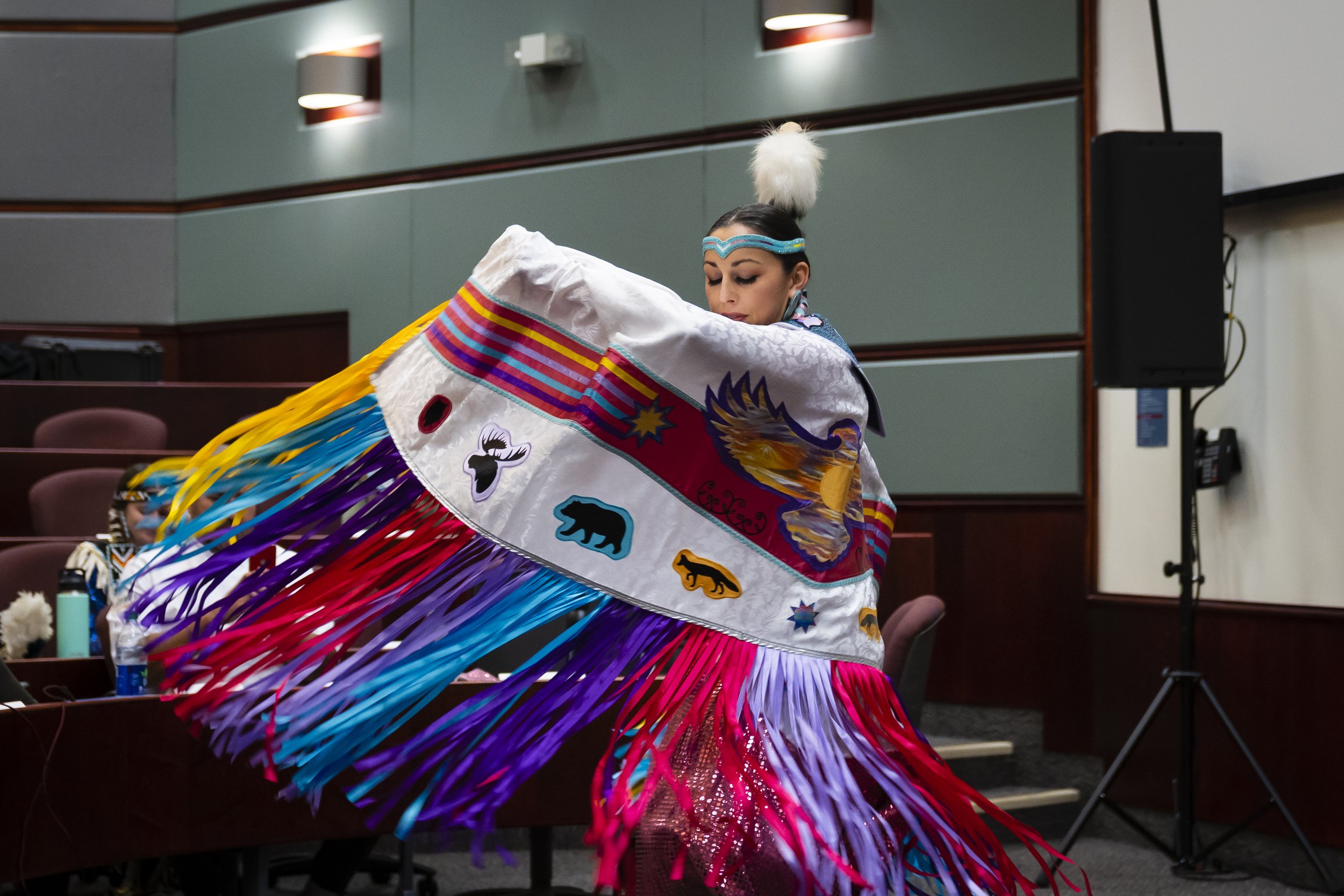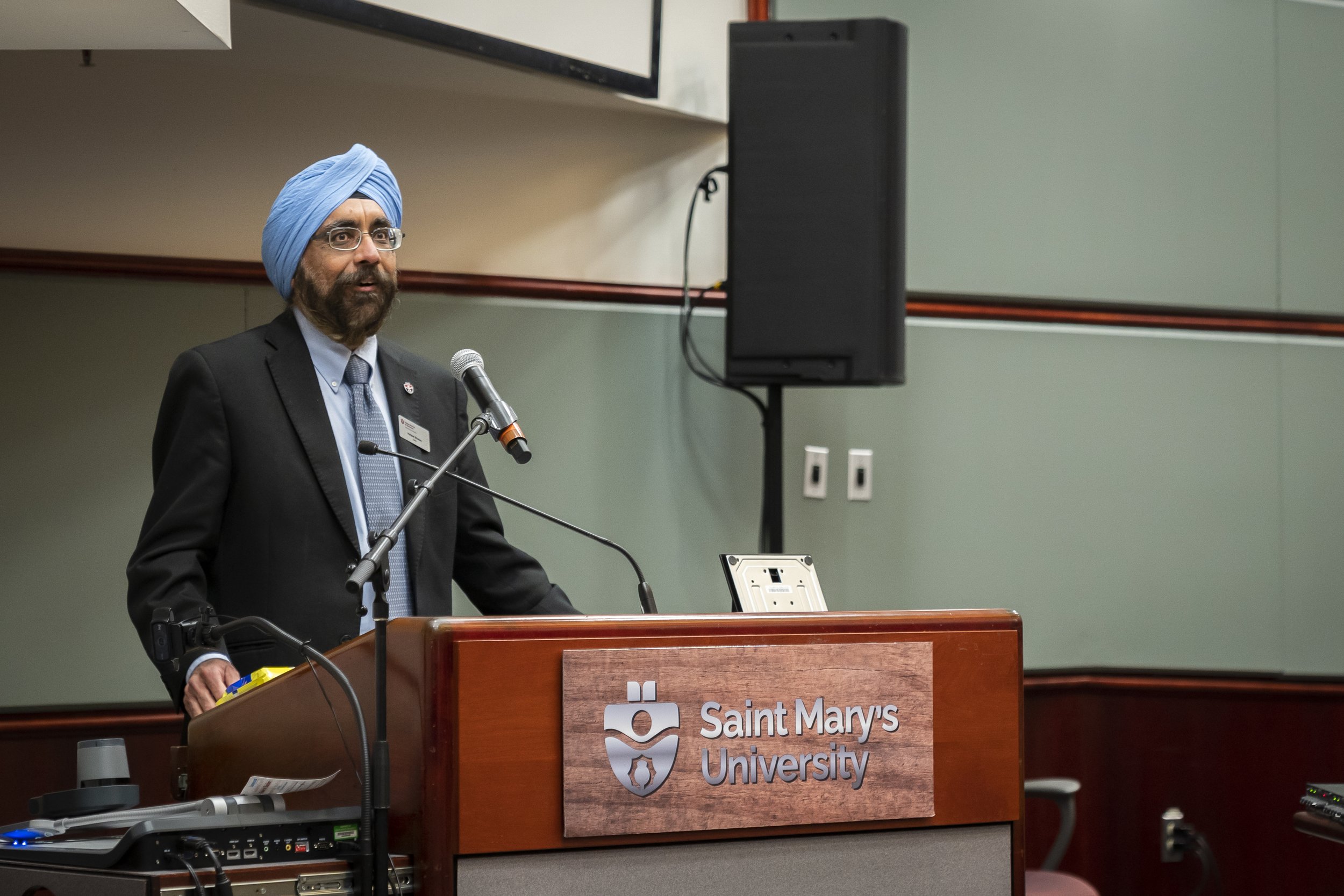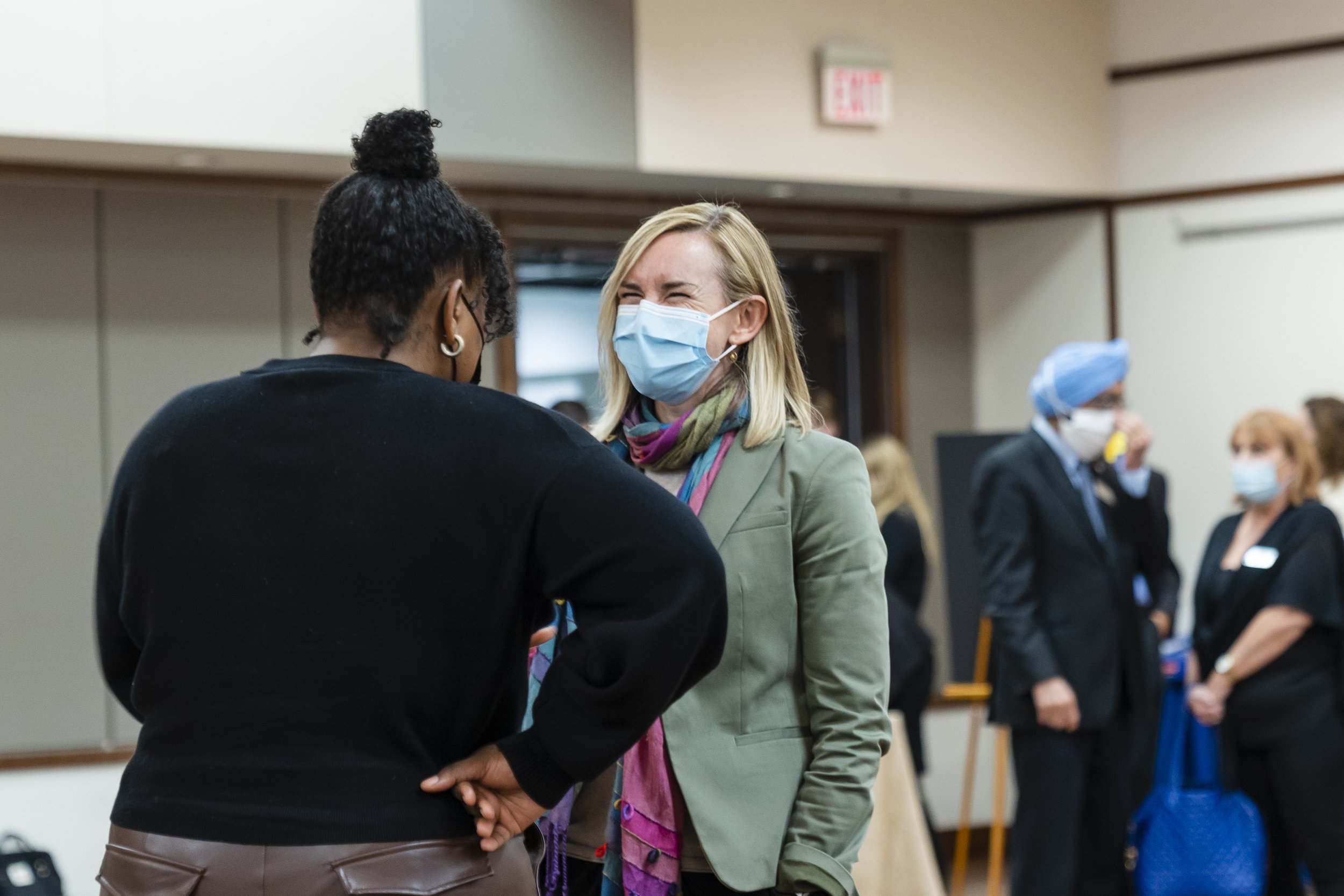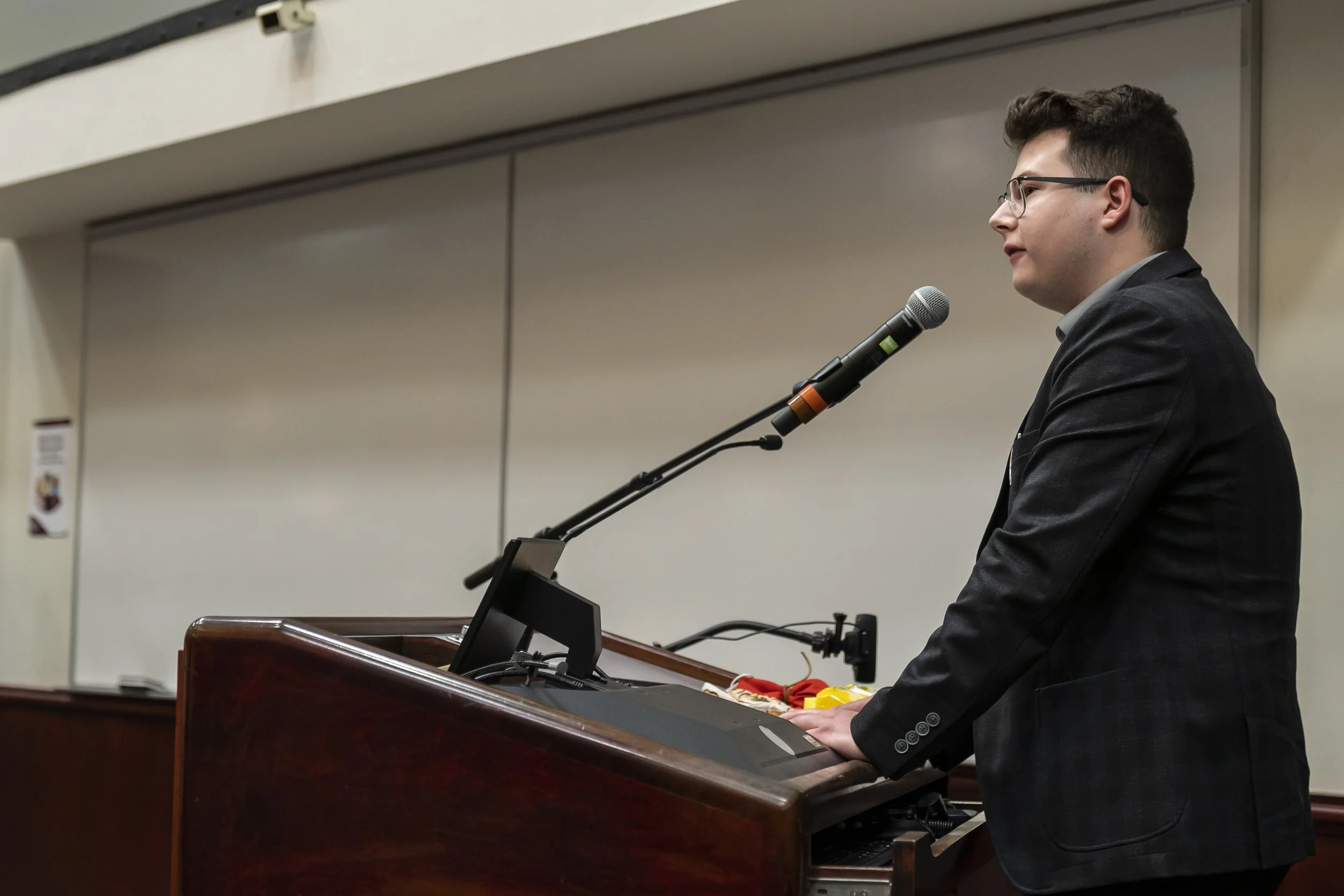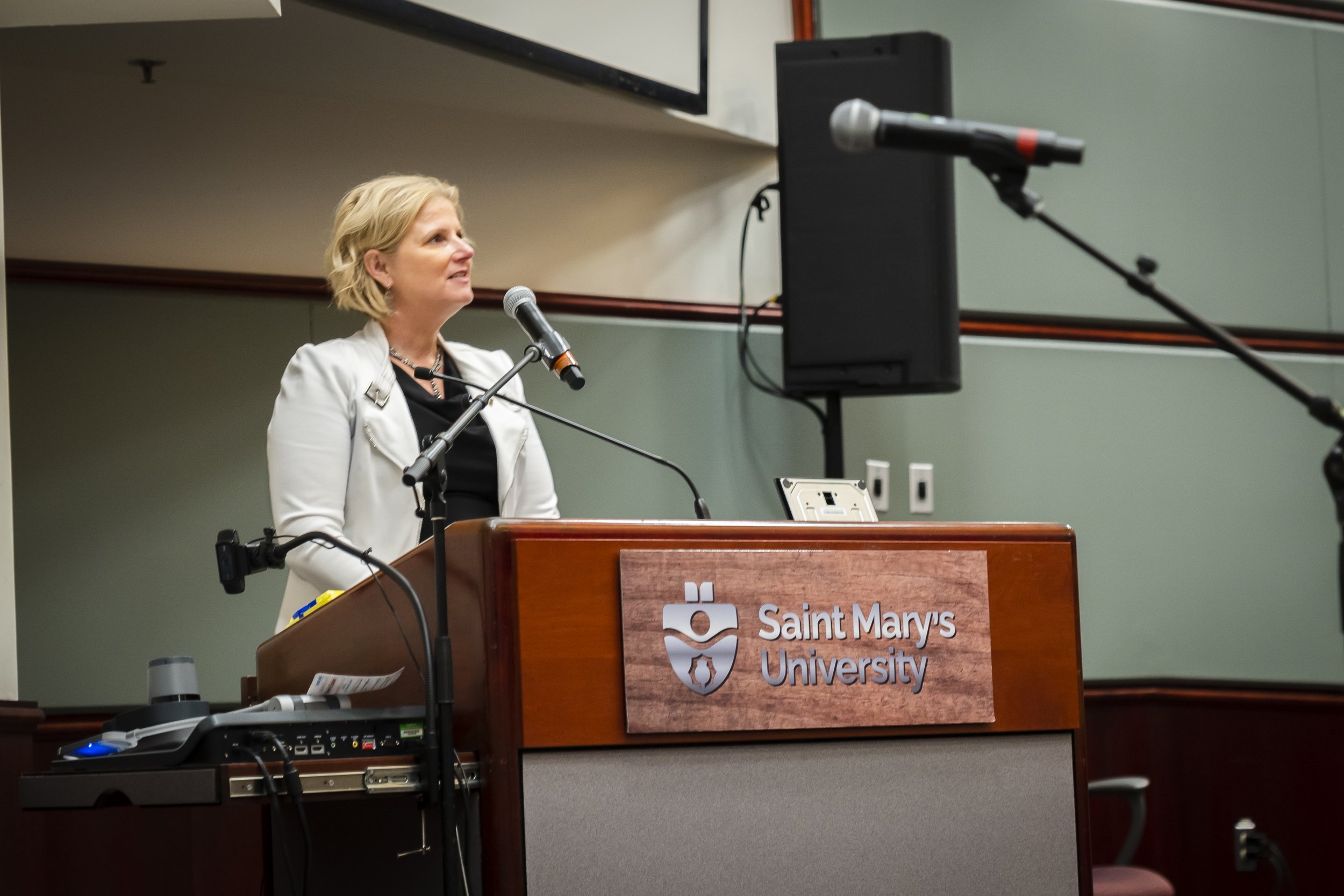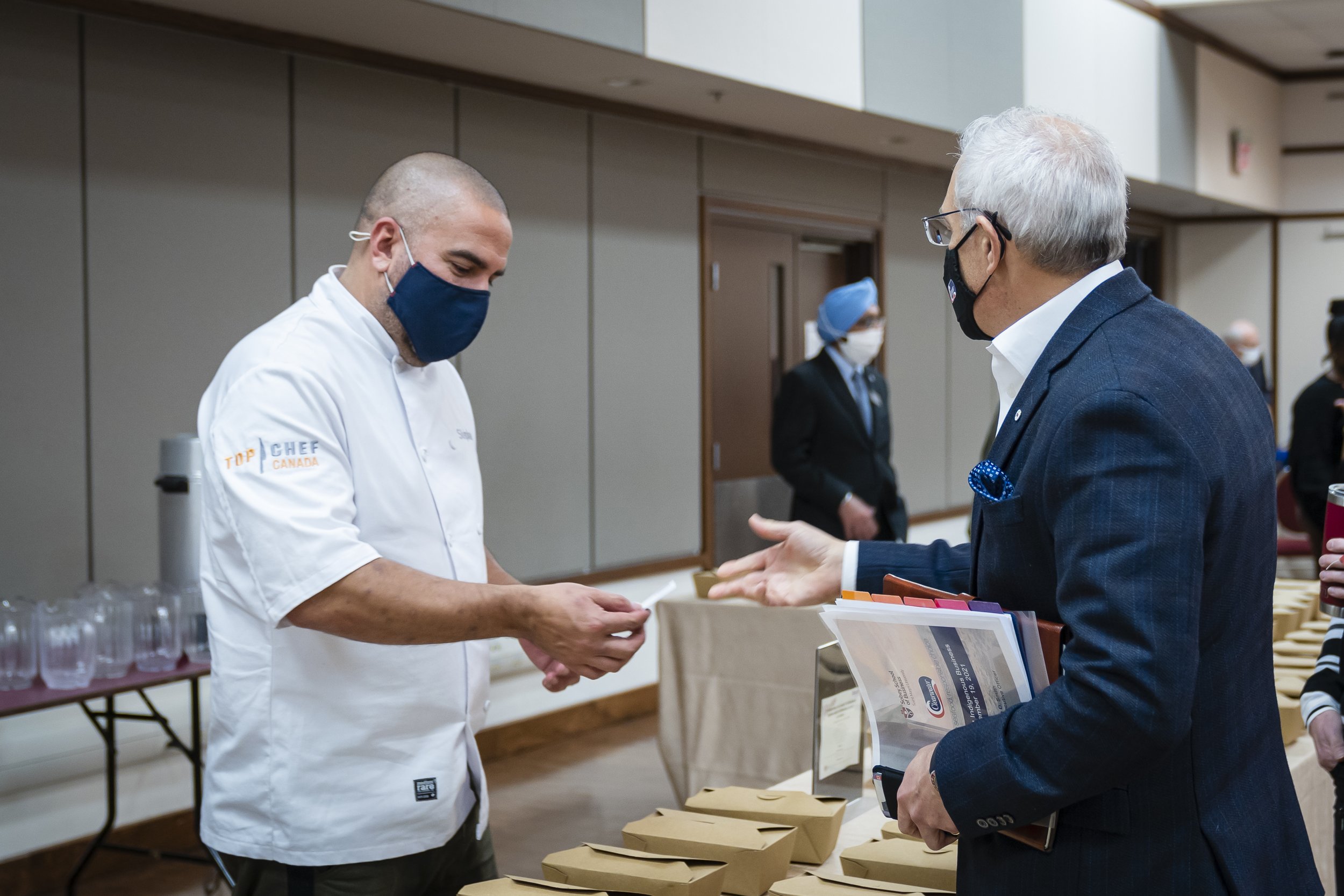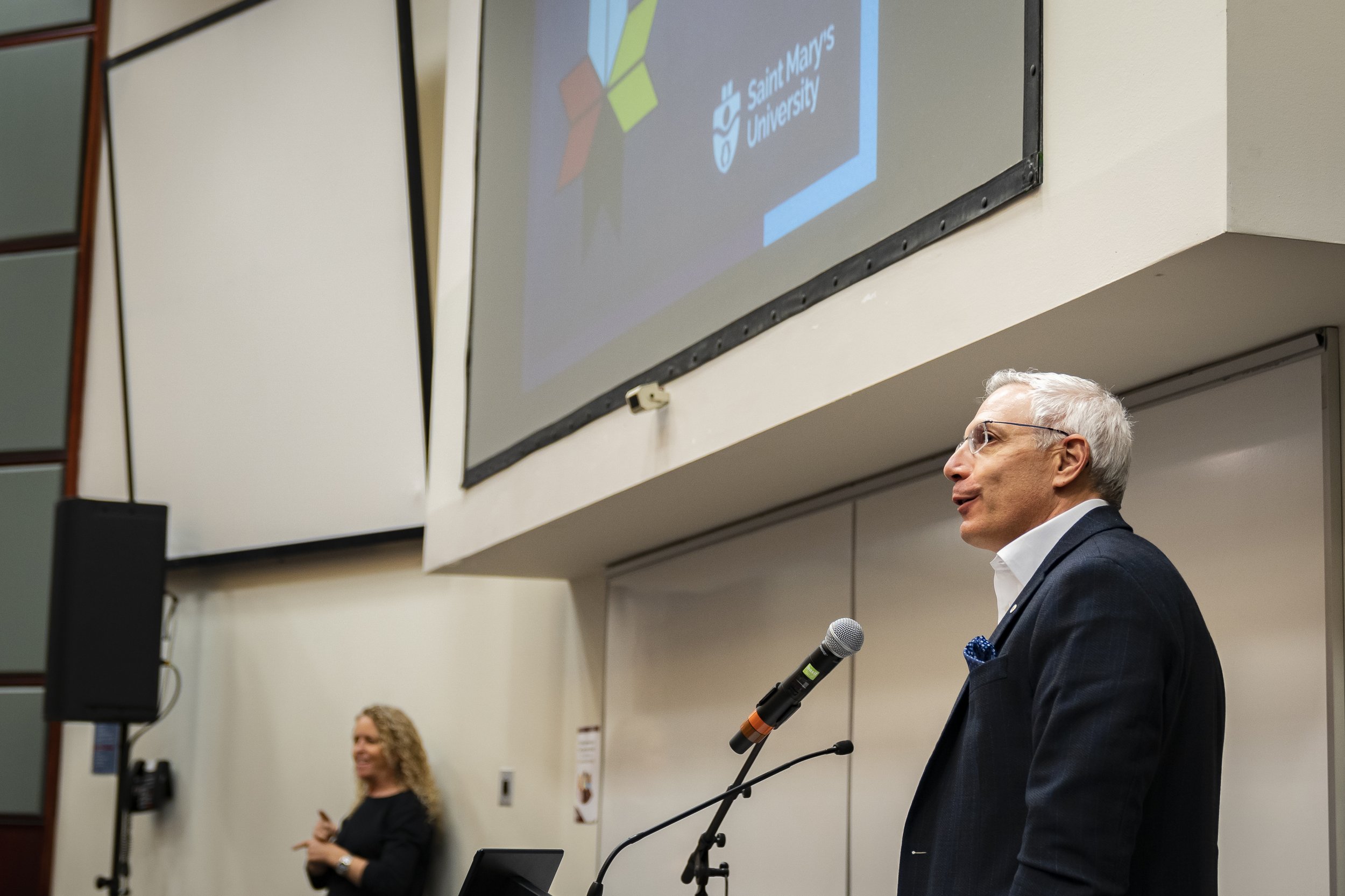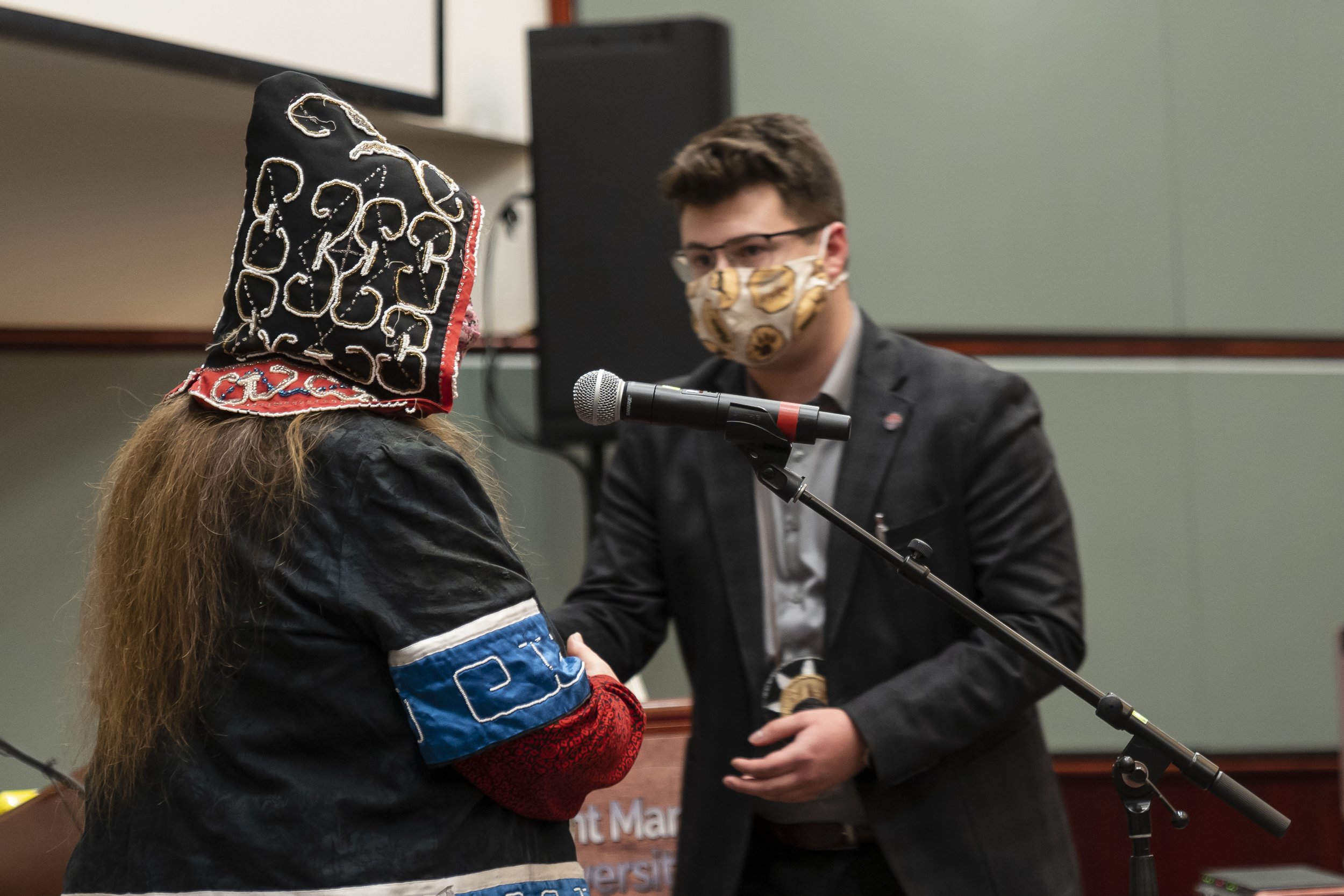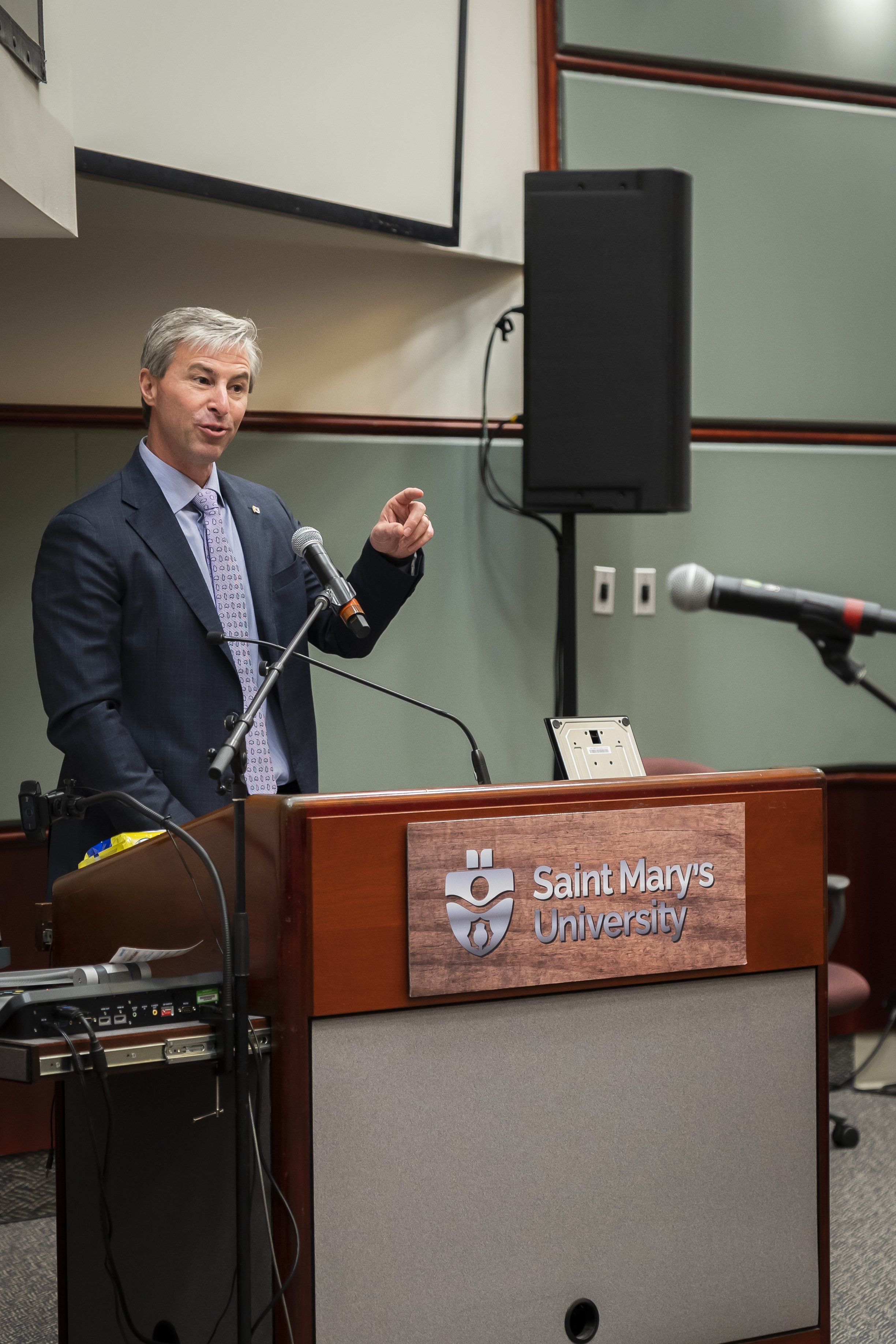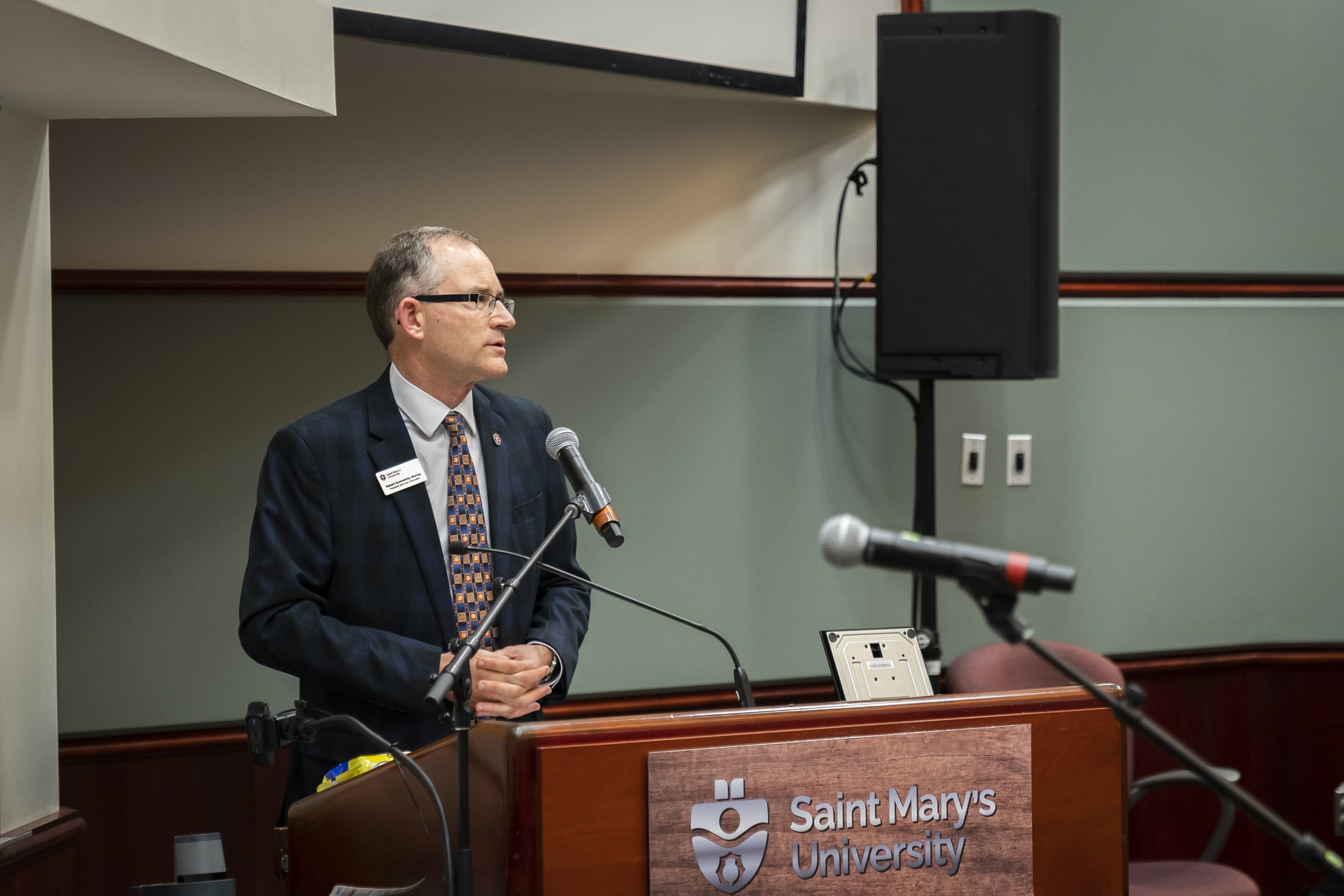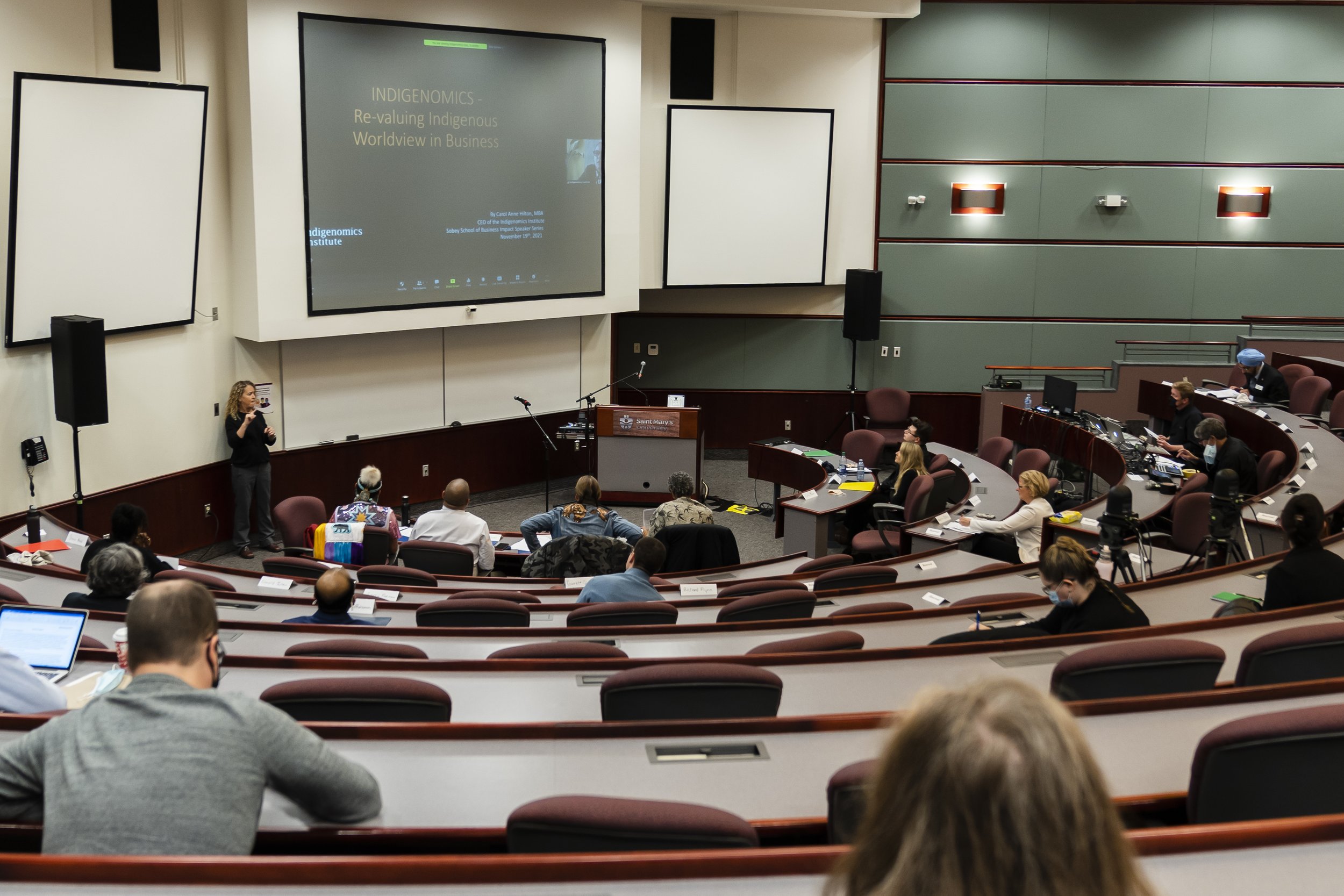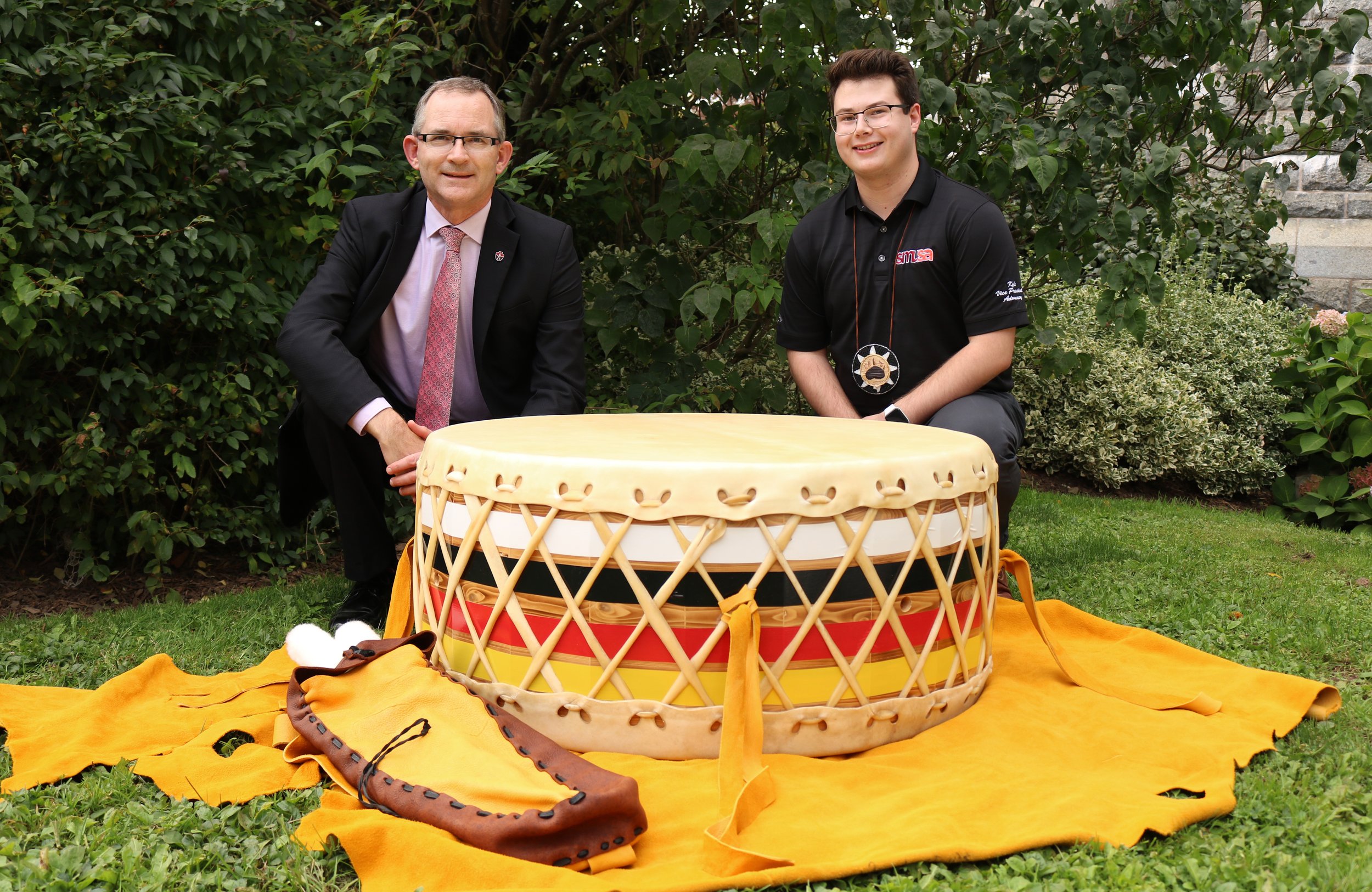Excitement is building as the SMU community prepares to welcome hundreds of young Indigenous athletes and their supporters to campus as part of the 10th North American Indigenous Games (NAIG) 2023.
Saint Mary’s is one of 21 sports venues across Kjipuktuk (Halifax), Dartmouth, Millbrook First Nation and Sipekne'katik, and will host the wrestling and basketball competitions at the Dauphine Centre and the Homburg gymnasium, respectively between July 15-23.
NAIG 2023 is one of the largest multi-sport and cultural gatherings to be held in Atlantic Canada, drawing more than 5000 athletes, coaches and team staff from across Turtle Island (North America) to celebrate, share and reconnect through sport and culture.
In addition to being a game venue, Saint Mary’s will also play host to approximately 700 athletes who, starting on July 14, will stay in Loyola and Vanier residences for the duration of the Games.
Additional preparations include:
A special menu from SMU Dining: The Aramark culinary team worked with chefs from Indigenous Culinary of Associated Nations to create a special menu for NAIG guests that features campus favourites and new Indigenous-inspired items such as Three Sisters Burrito and Three Sisters Soup.
The installation of a Brave Space structure on the Inglis Street side of the Atrium/Burke building. Brave Spaces are meant to represent comfort, Indigenous culture and support, and will provide a safe space for athletes to gather and decompress before, during and after competitions.
A series of posters featuring welcome messages in Mi’kmaq and English and information about the Peace and Friendship Treaties will be displayed across campus, on digital monitors and on each residence floor.
The Campus Store is offering a special 15% discount to visiting athletes, and the Recruitment team plans to set up general information tables on campus to help visitors with questions about Saint Mary’s or Halifax.
For more information about NAIG, including game and event schedules, visit naig2023.com
Help guests feel welcome with these Mi’kmaq phrases
Fast facts about NAIG 2023



